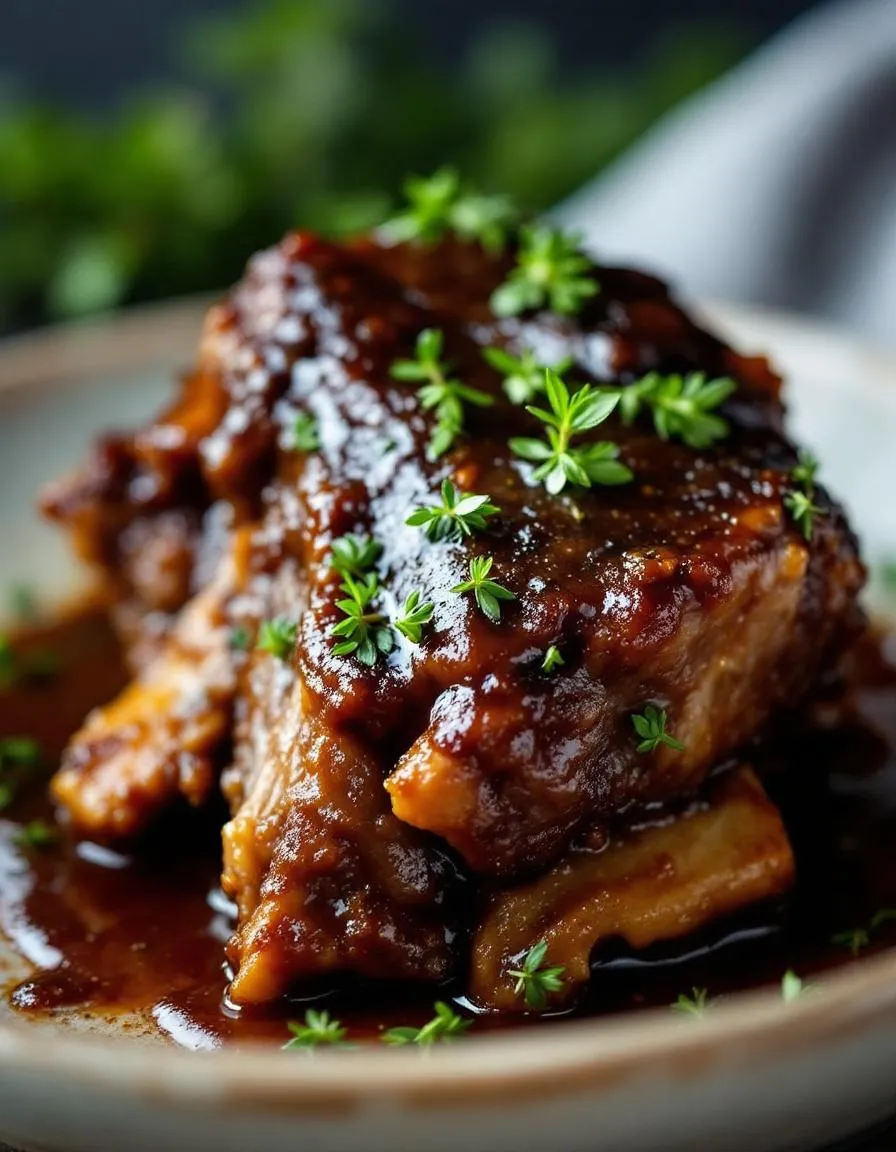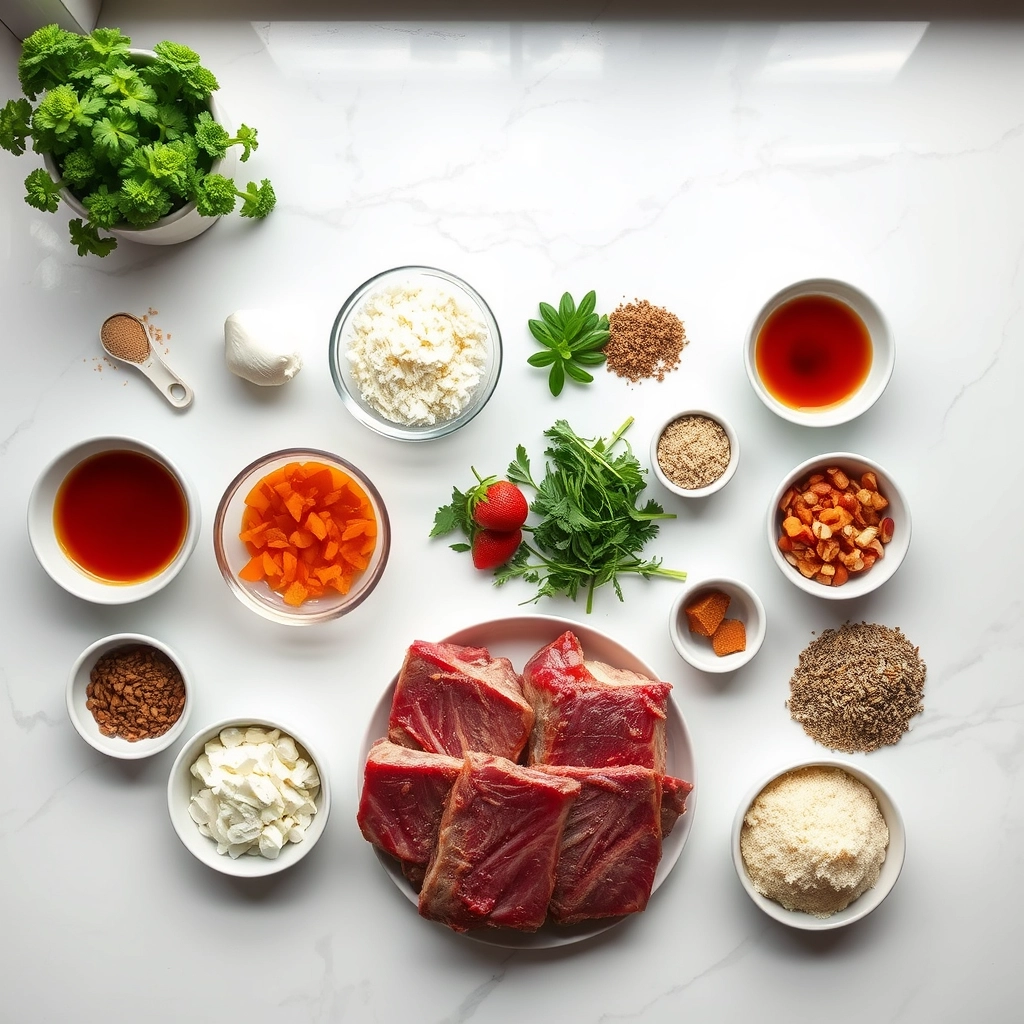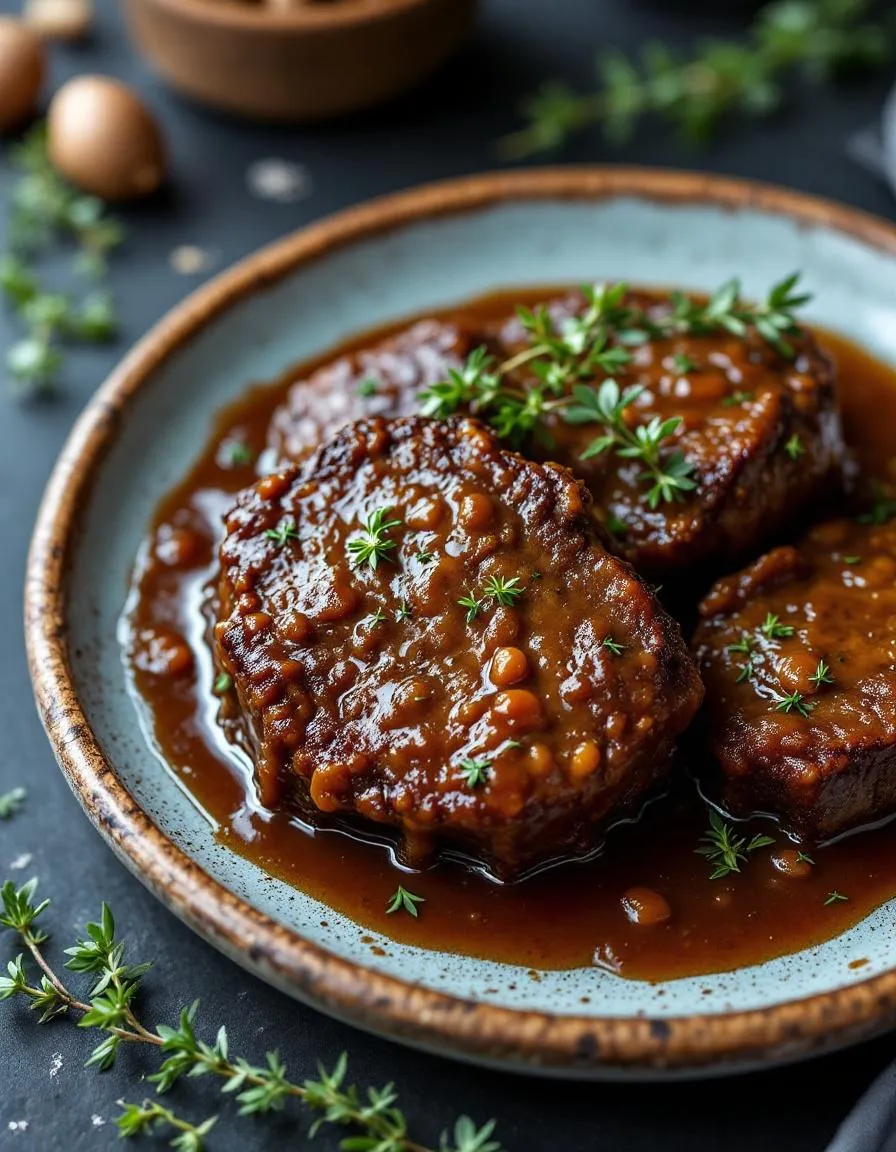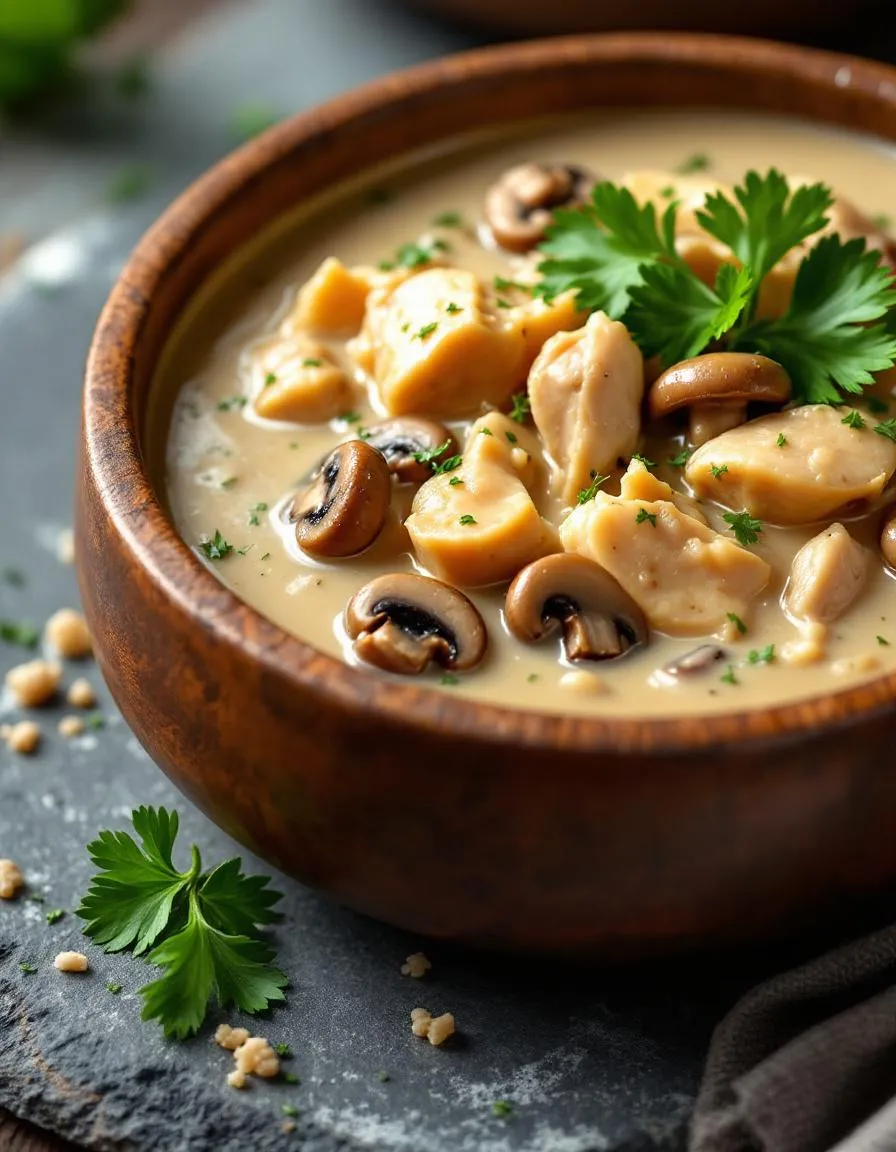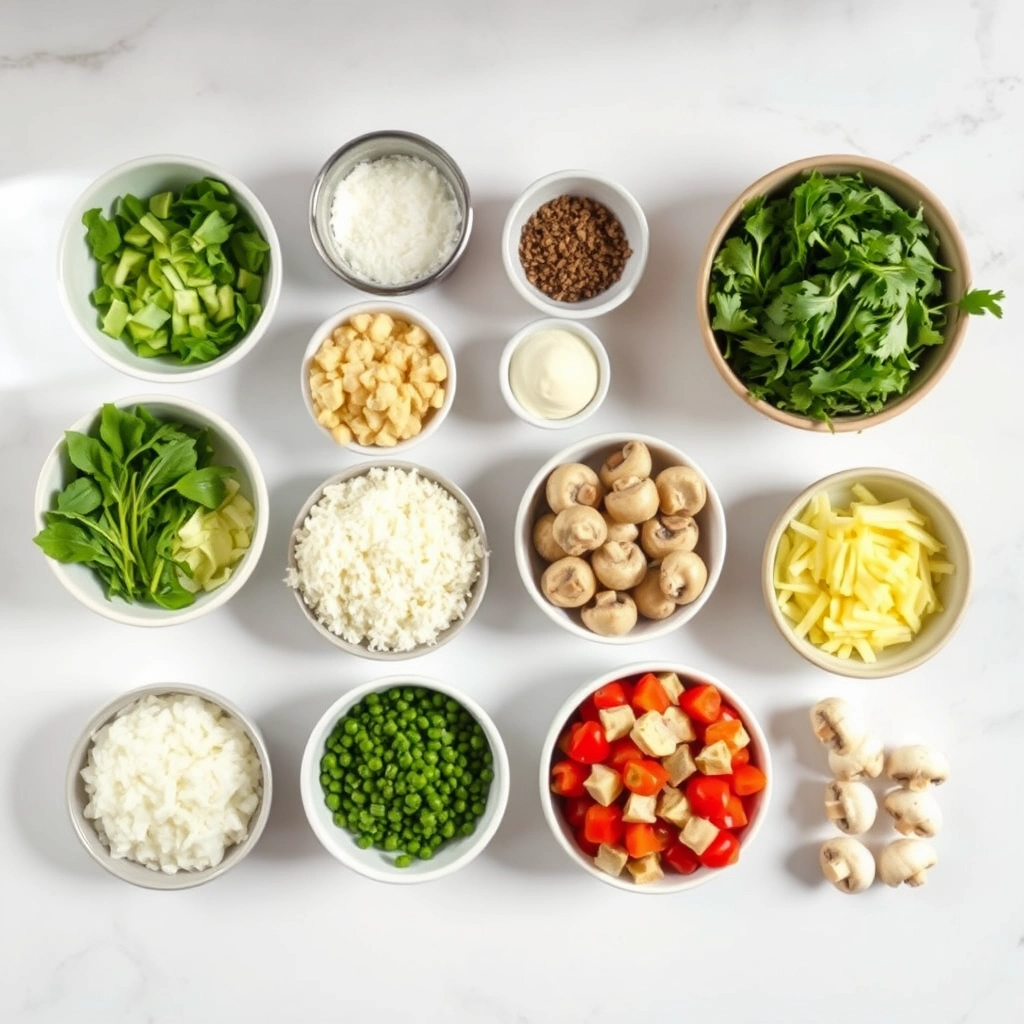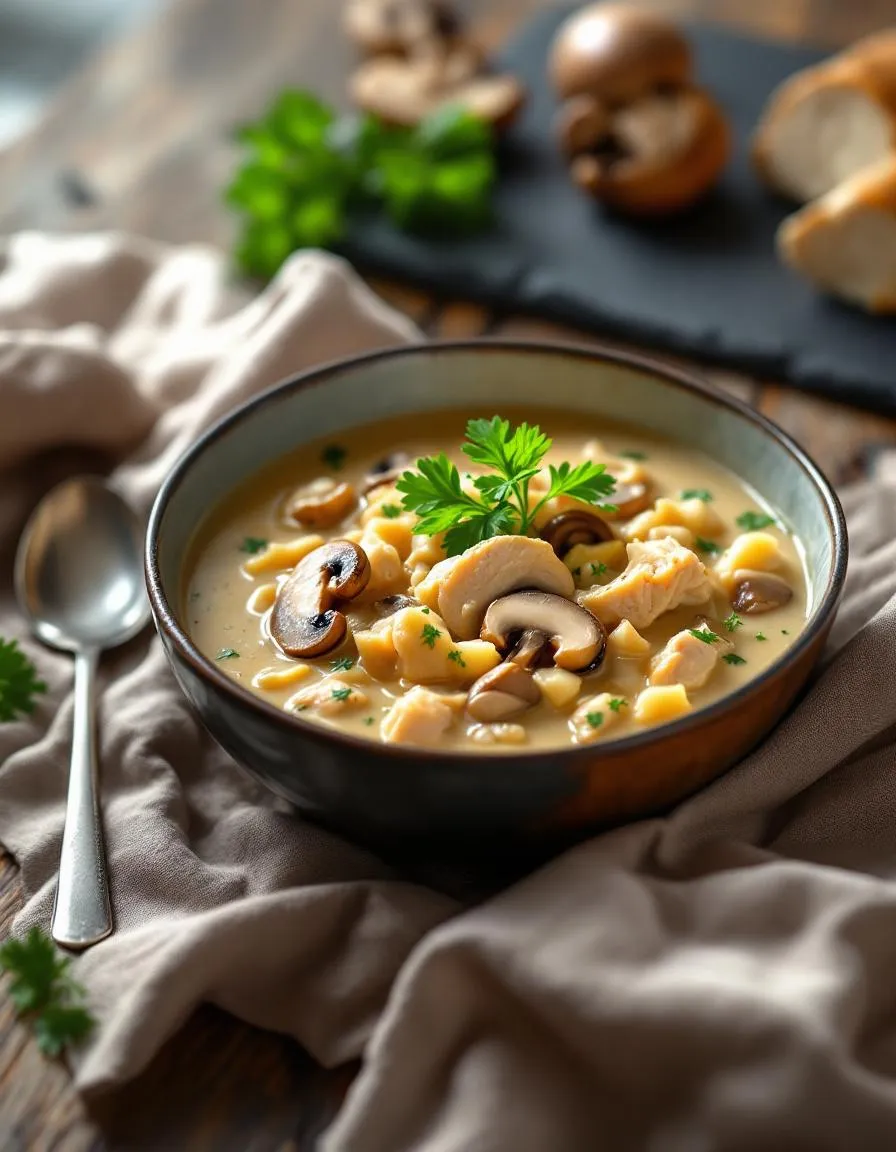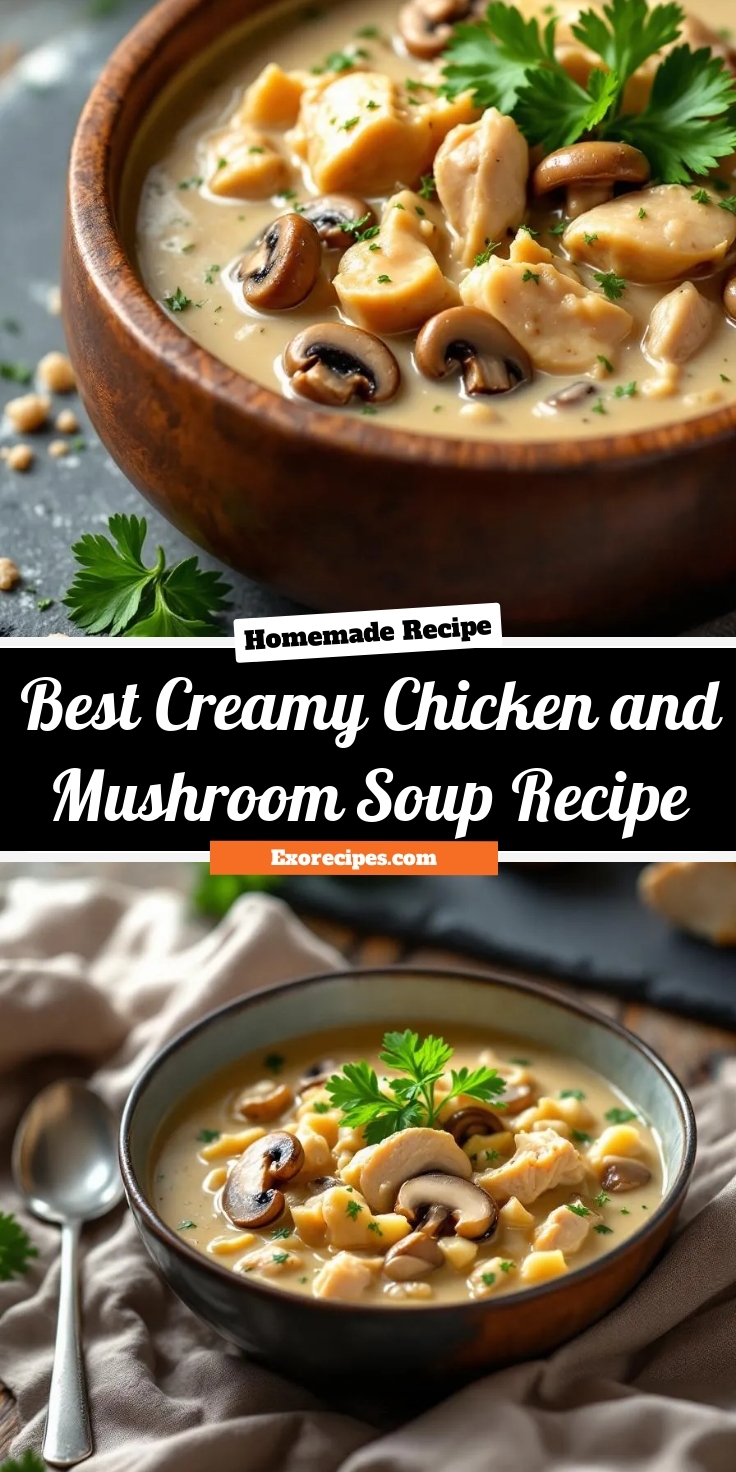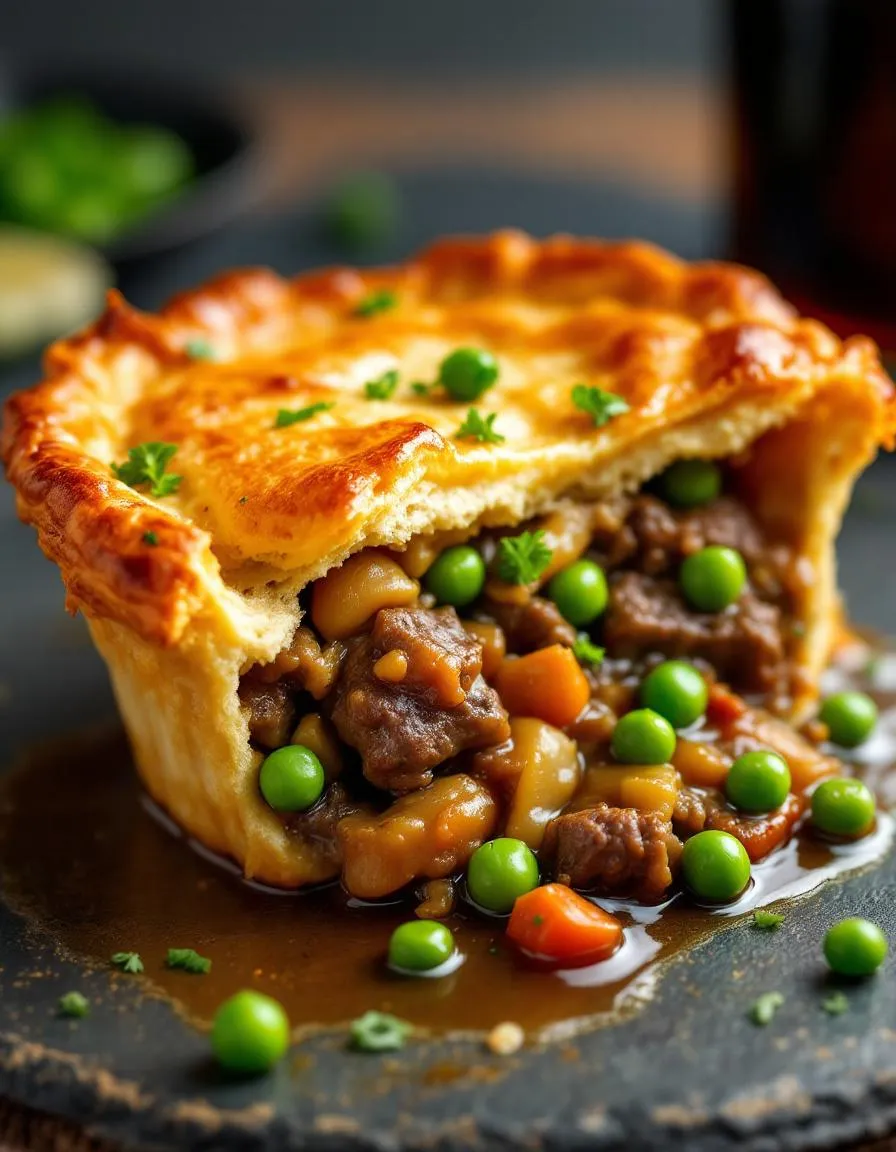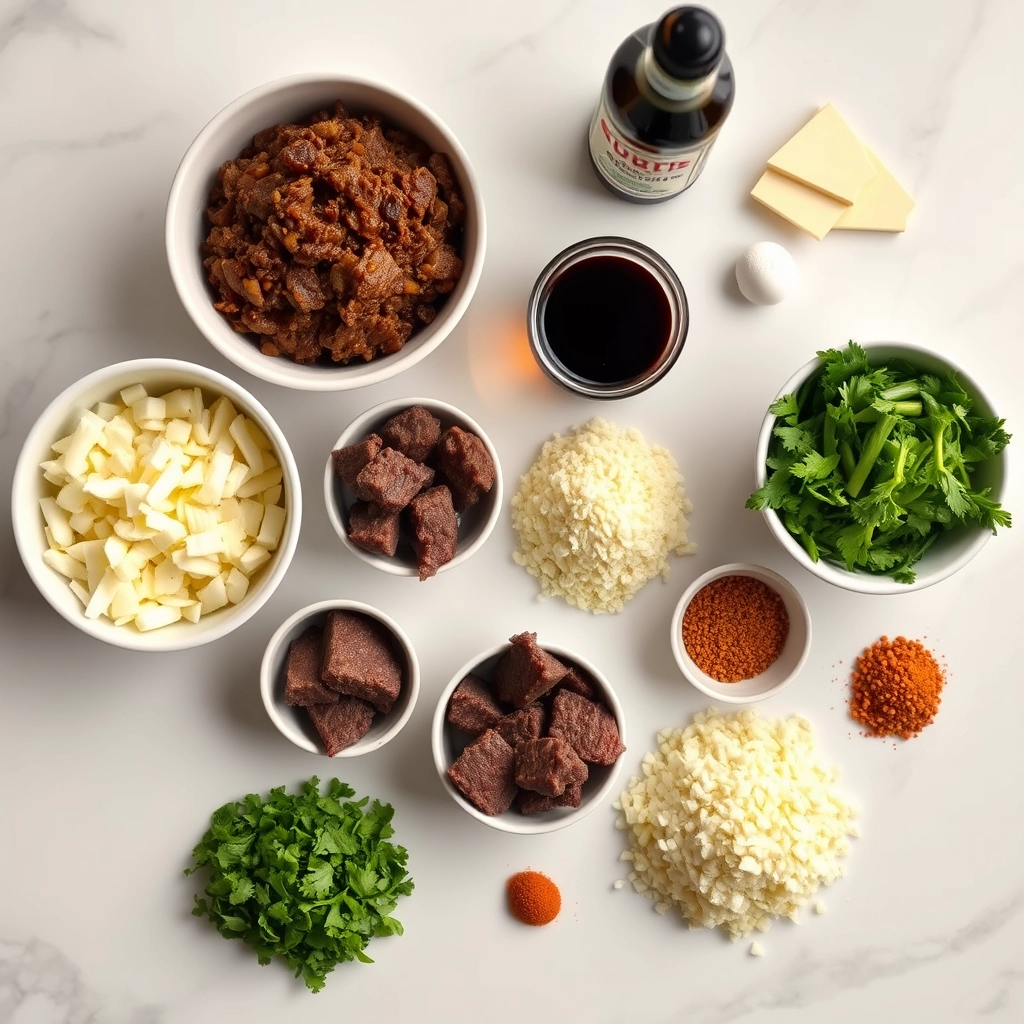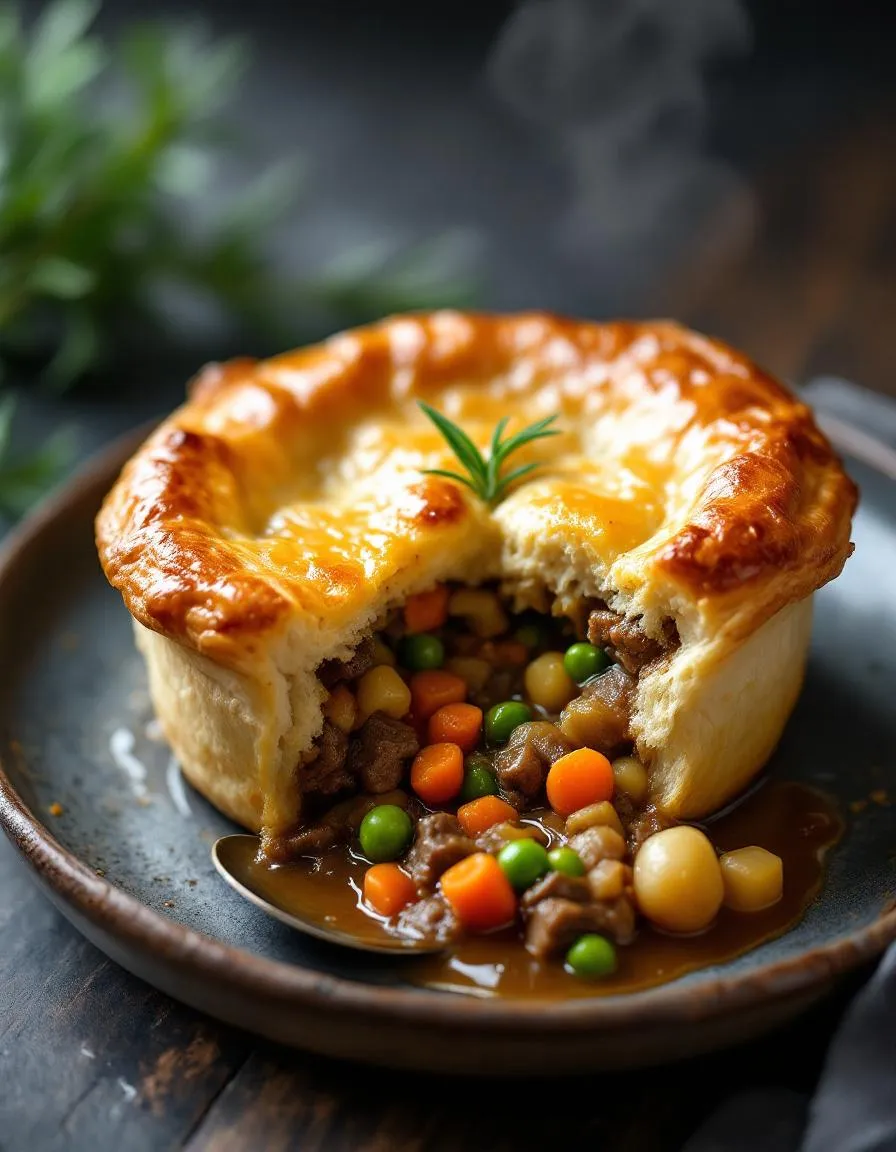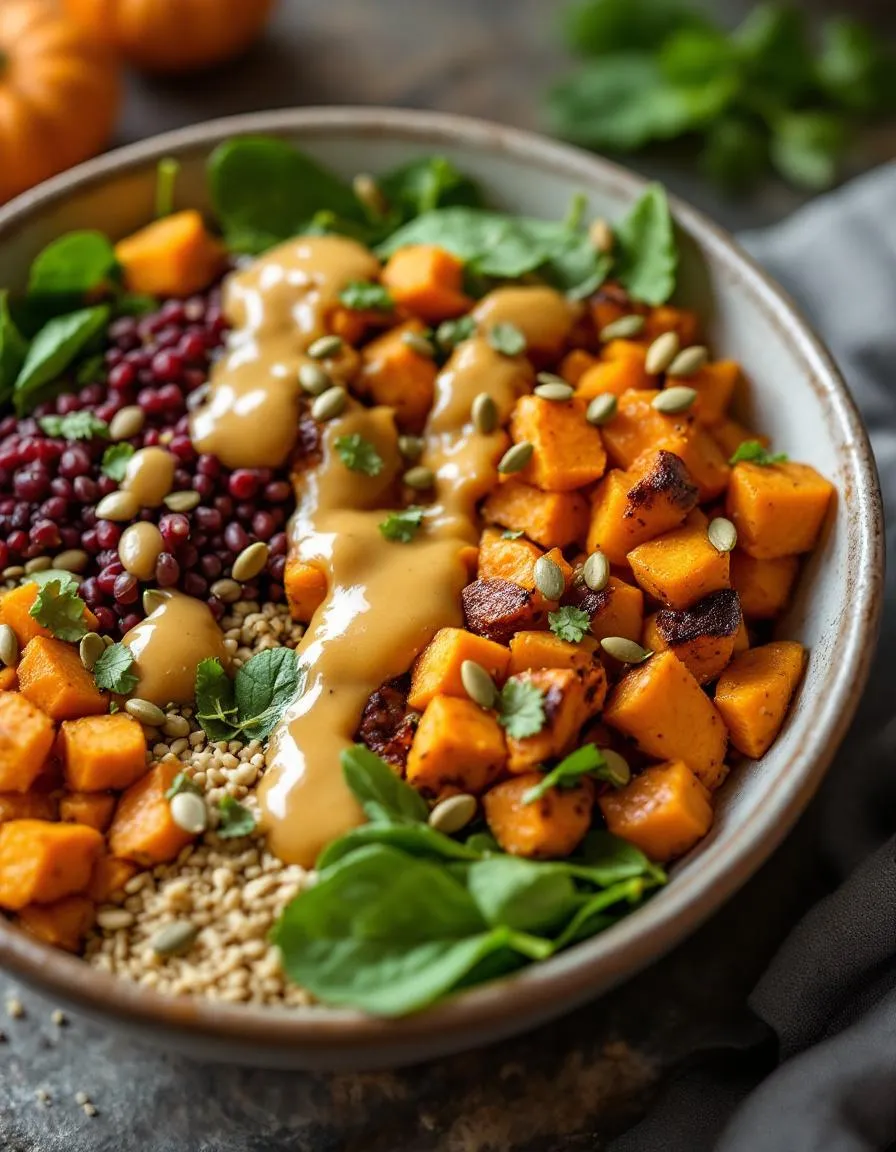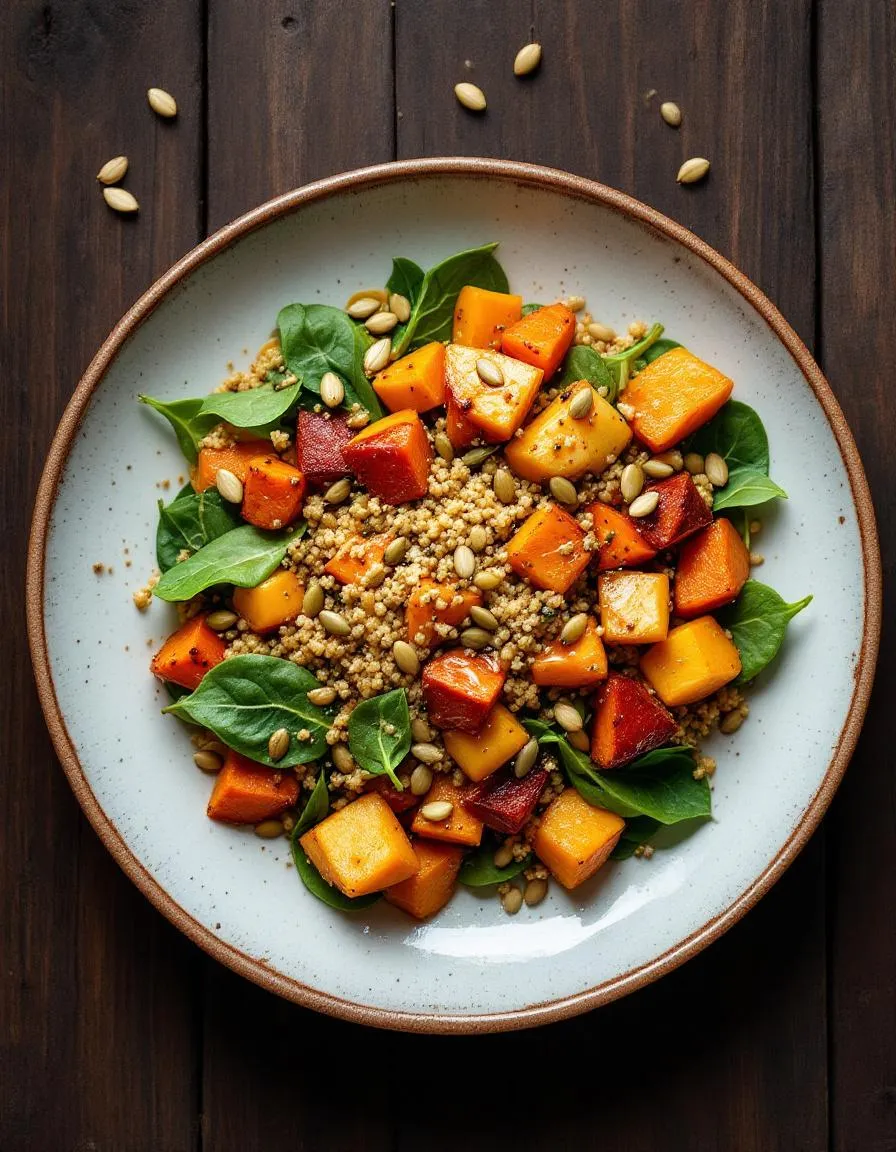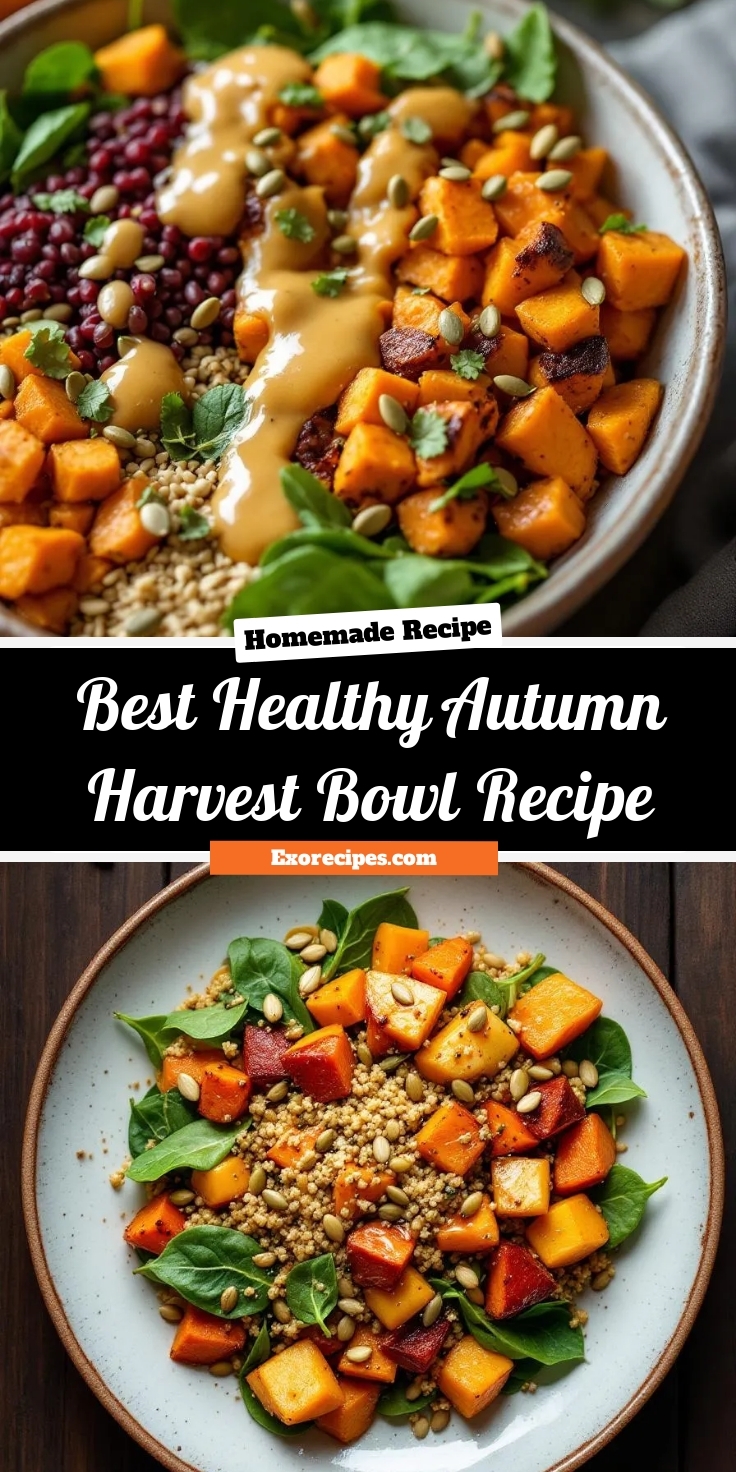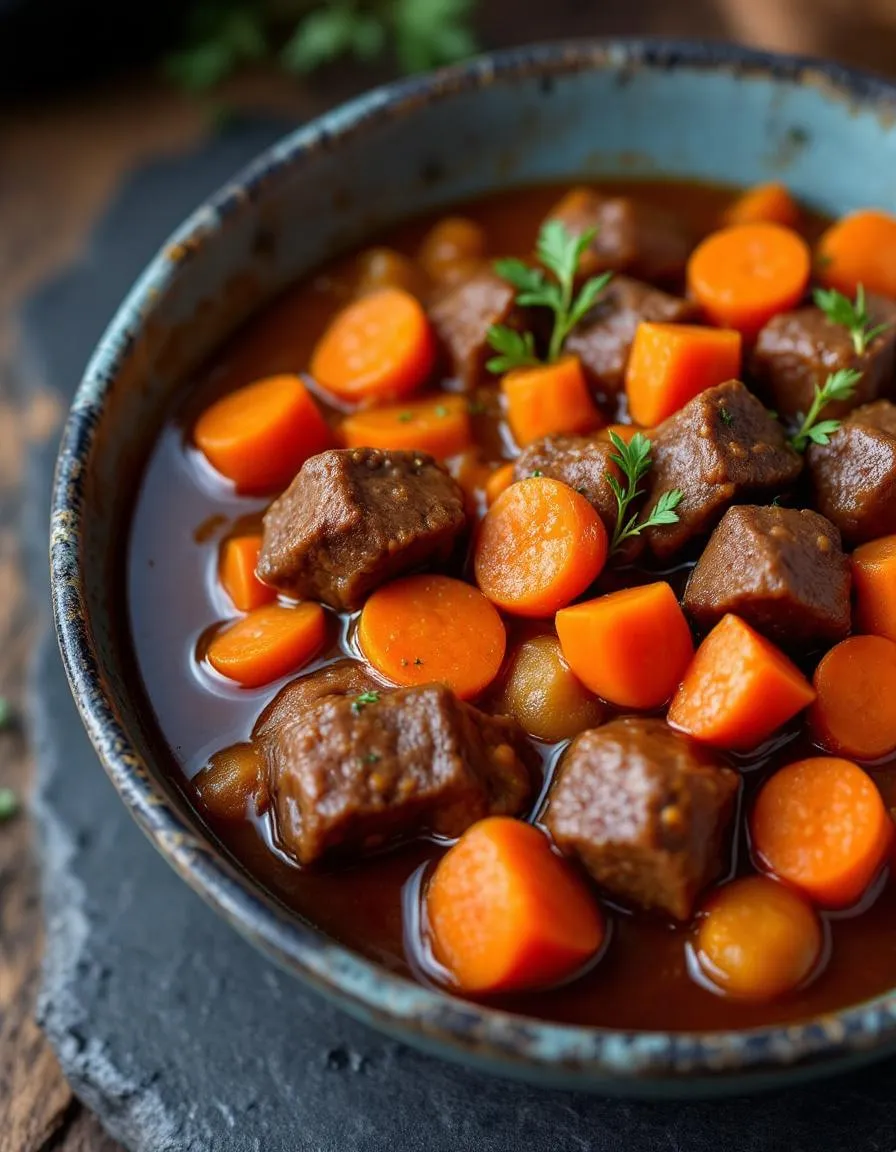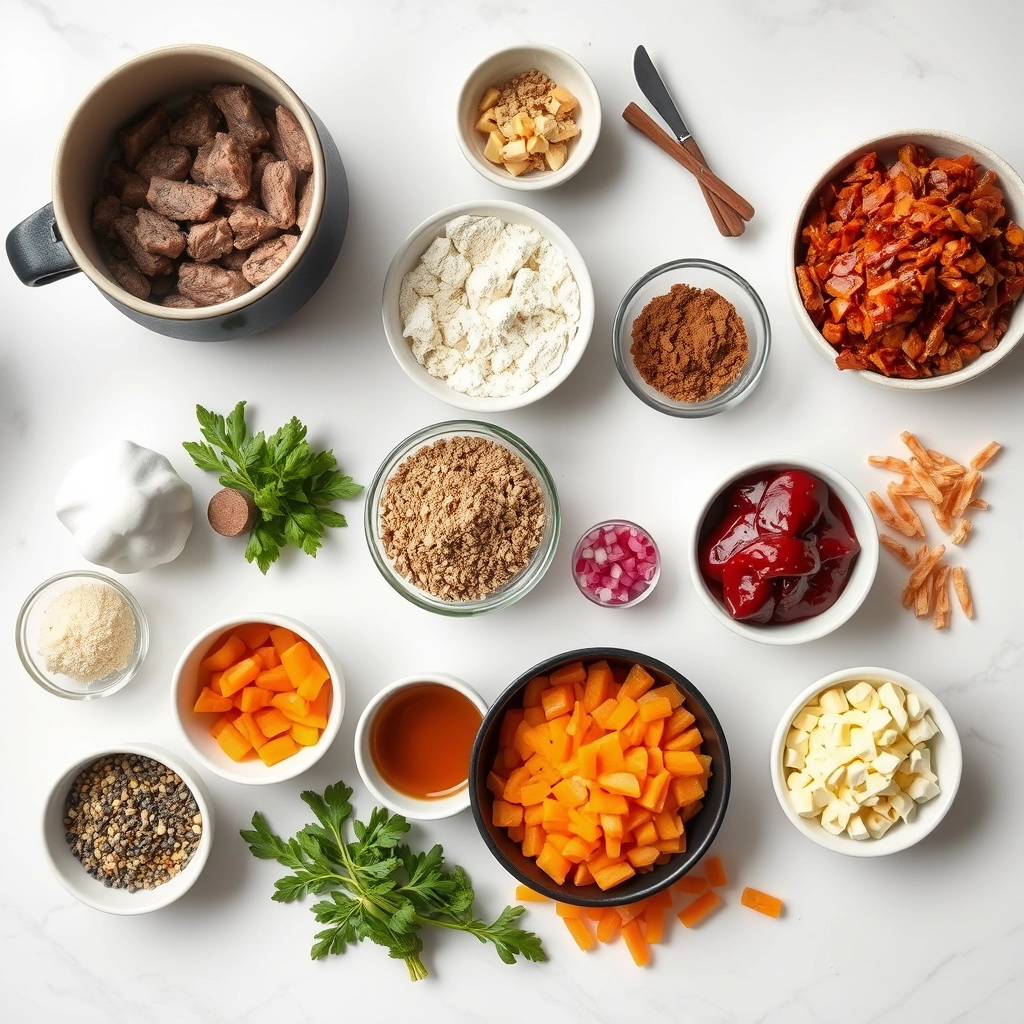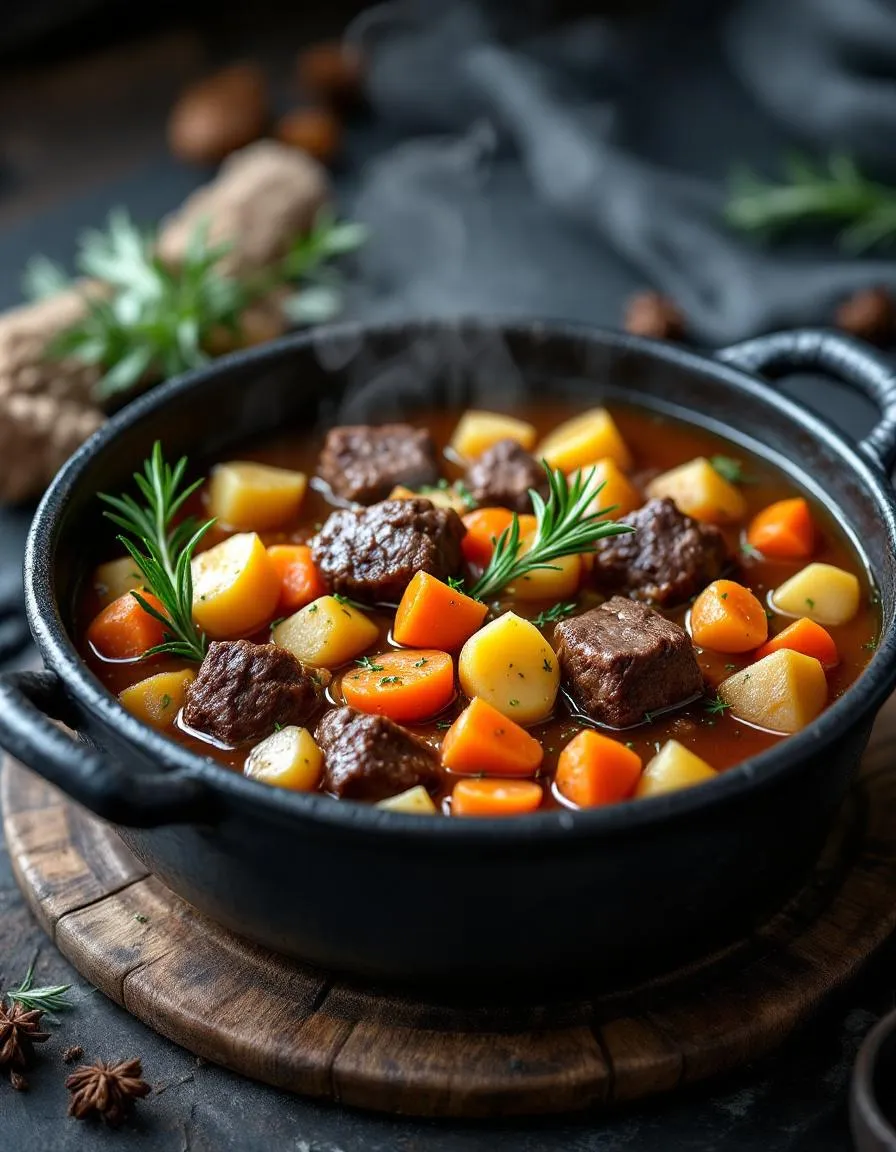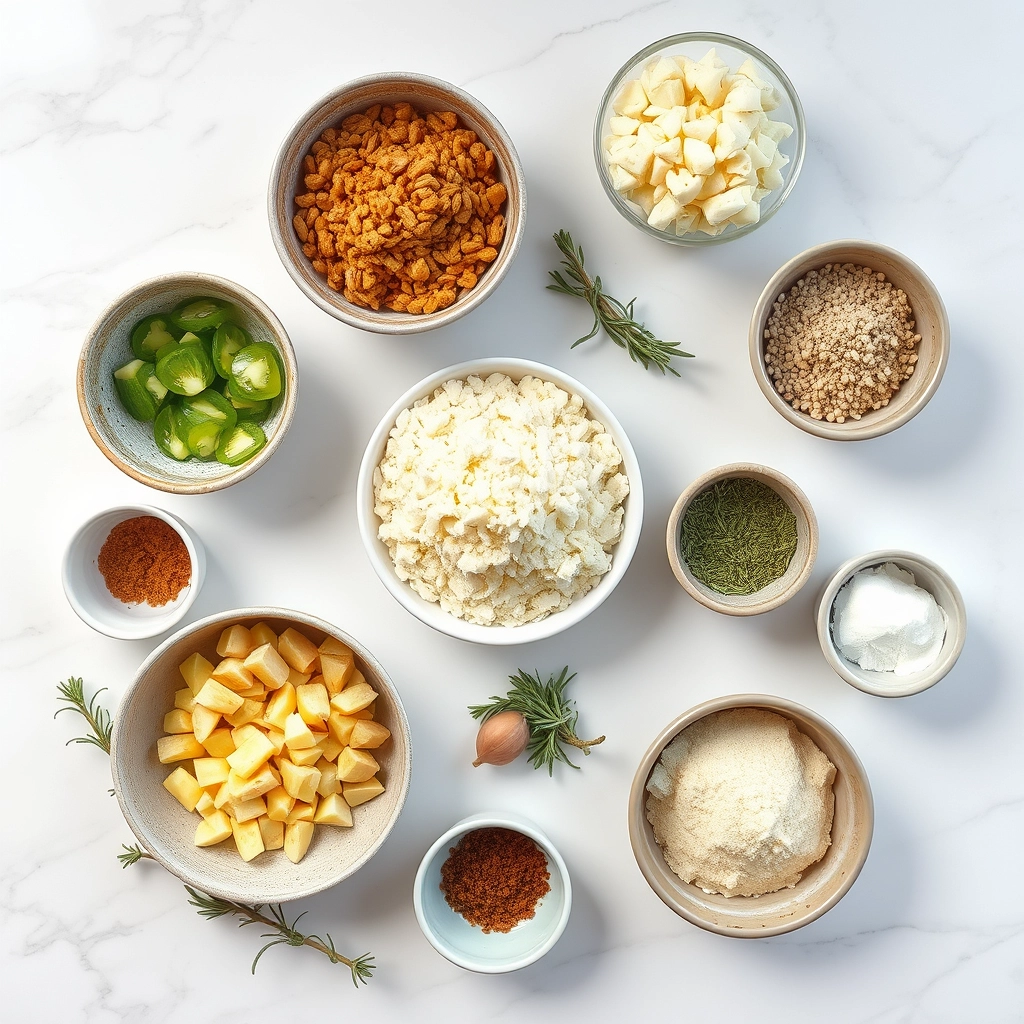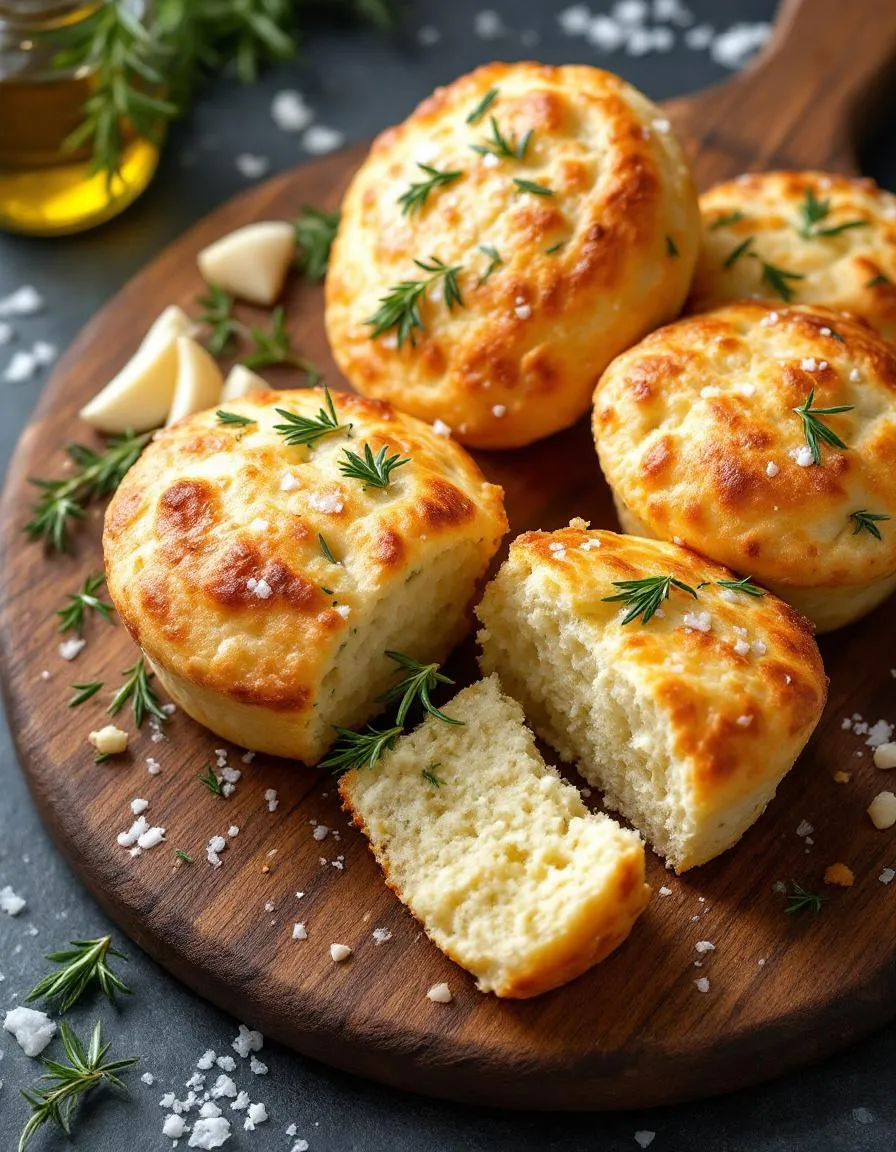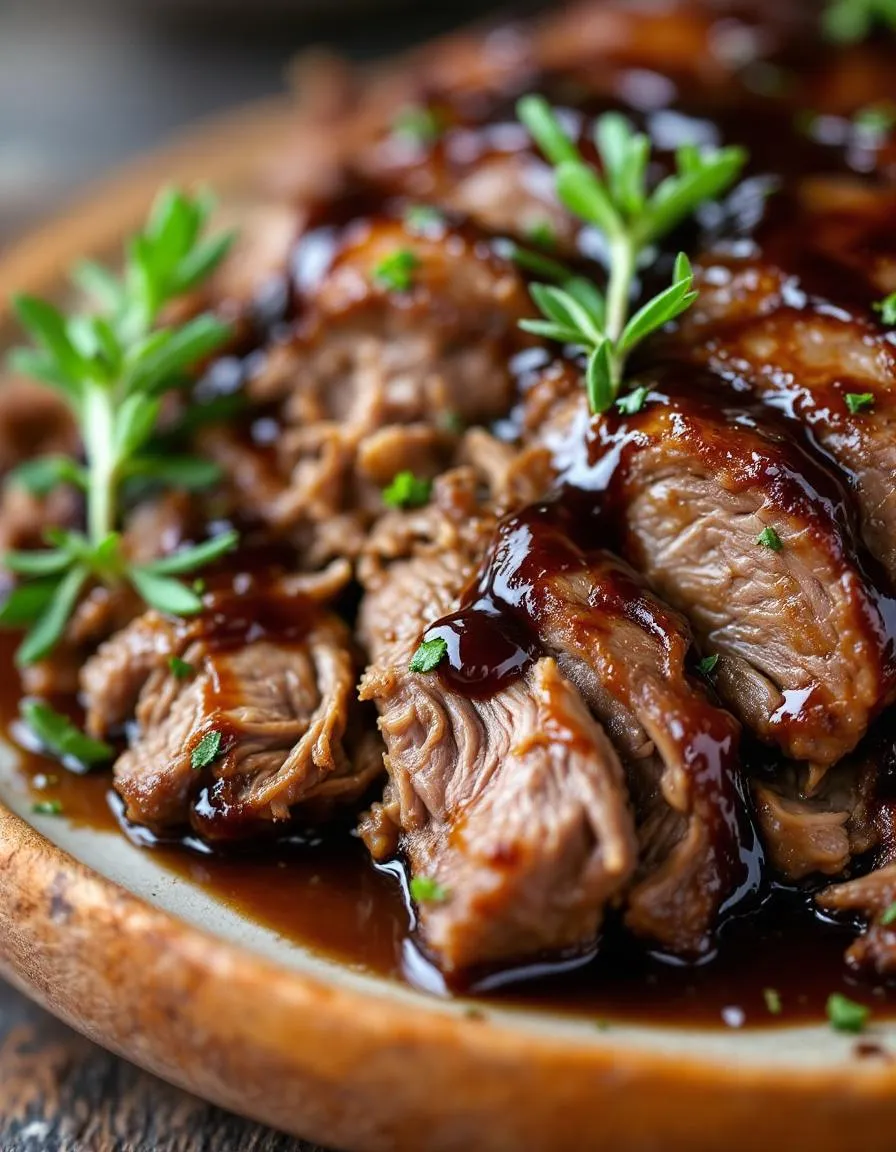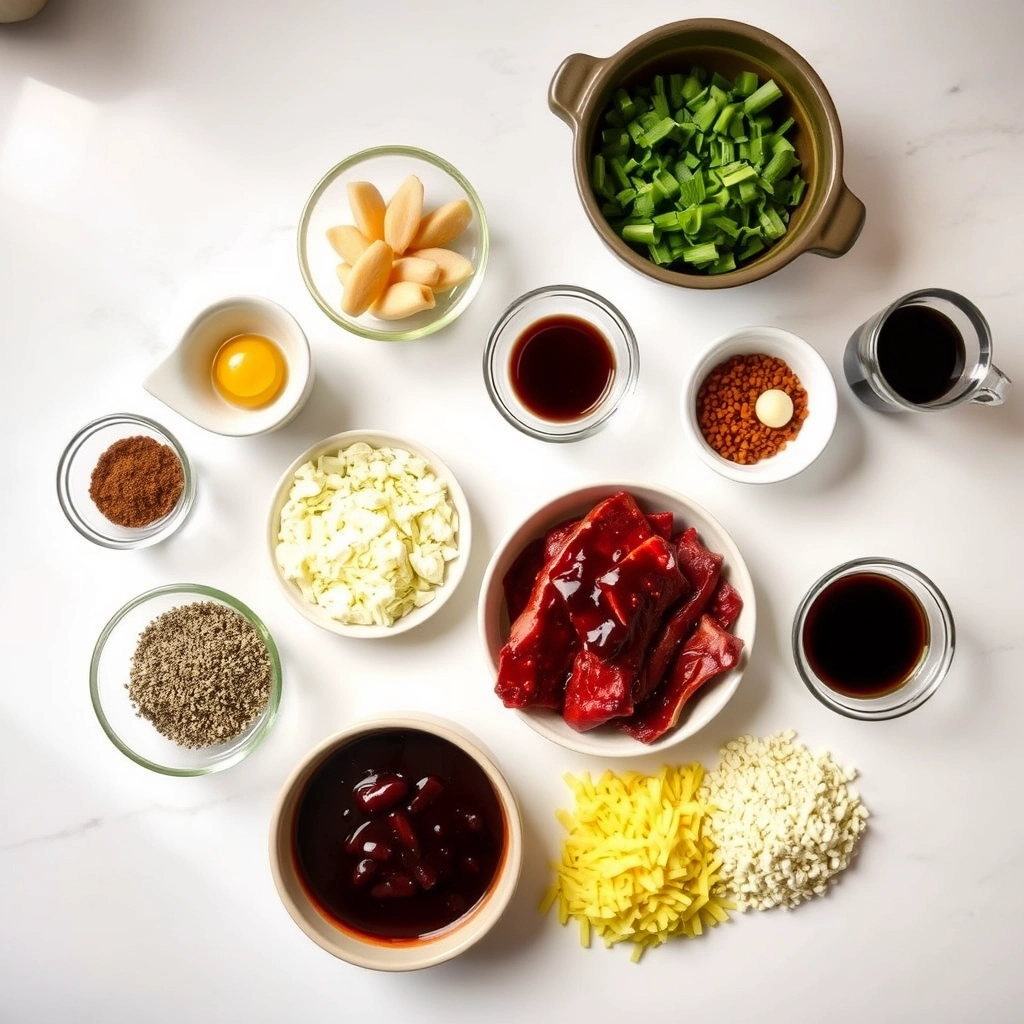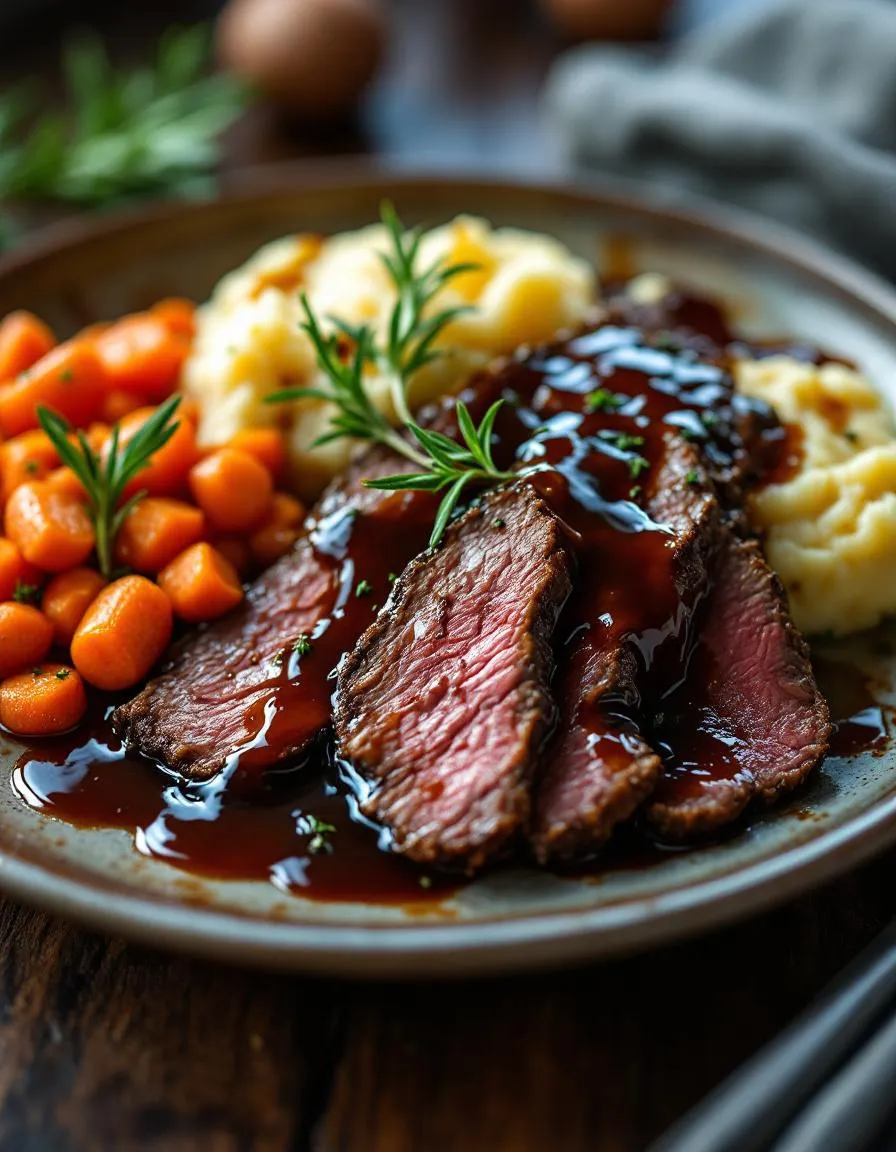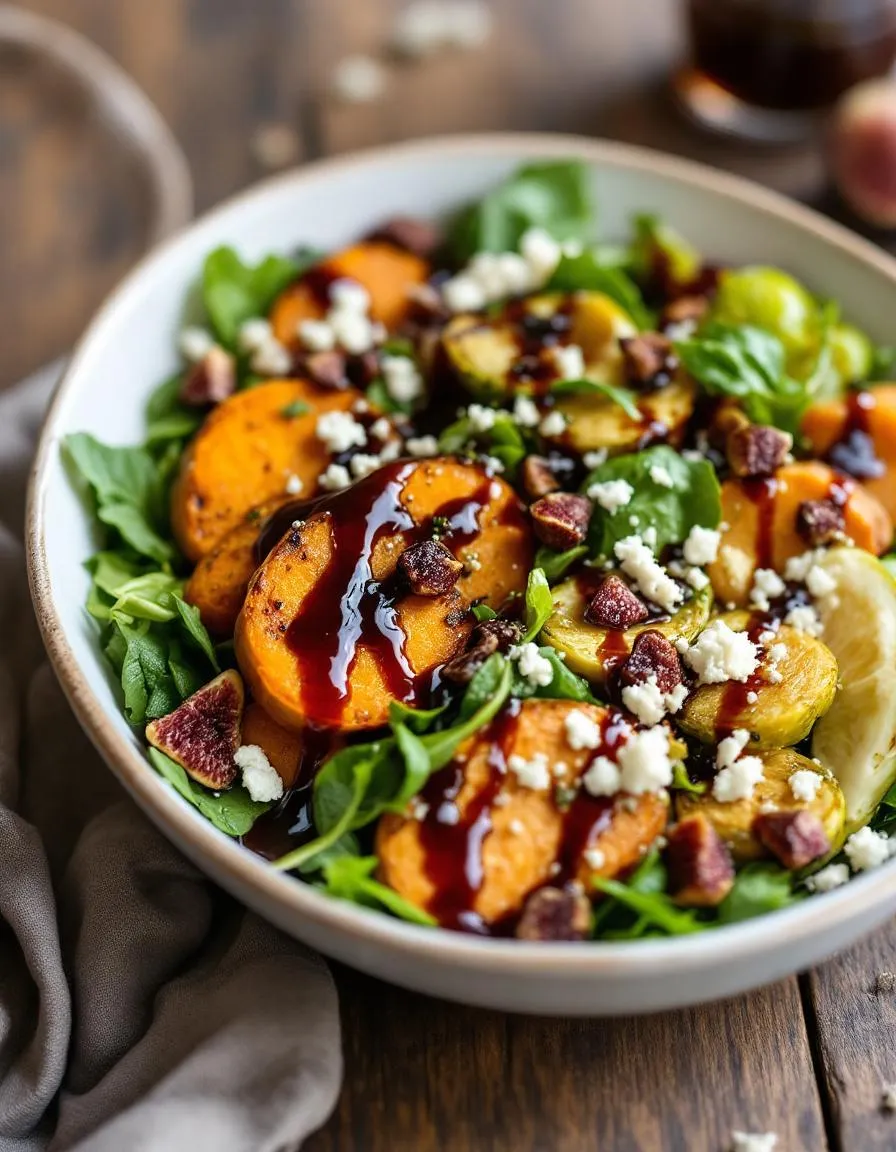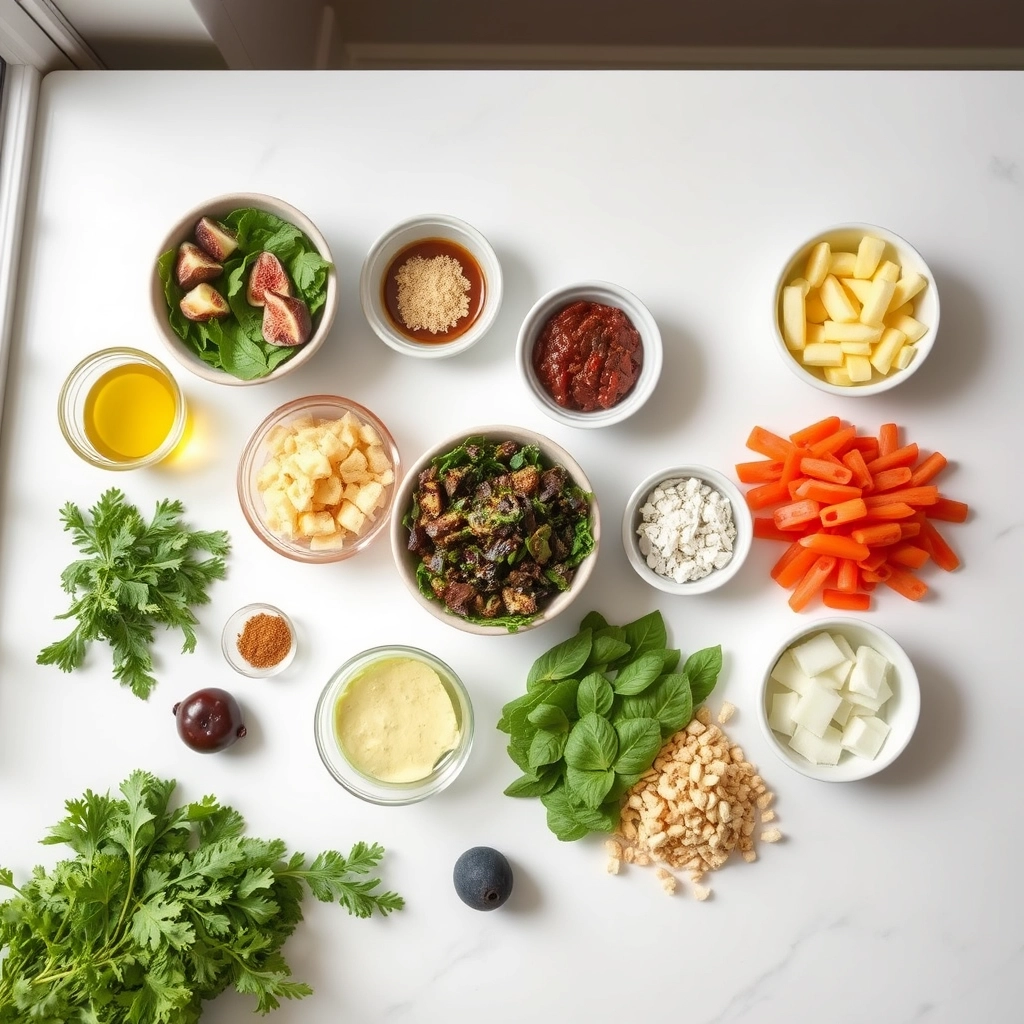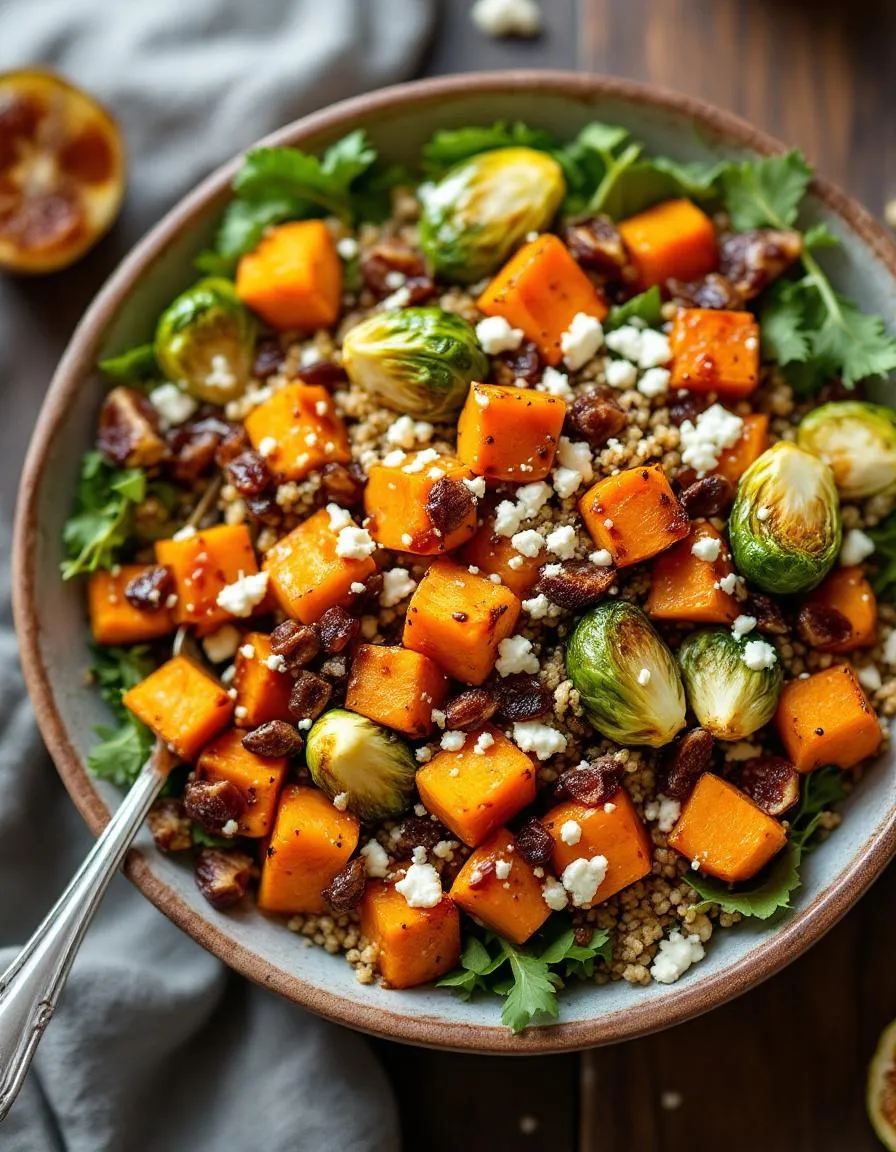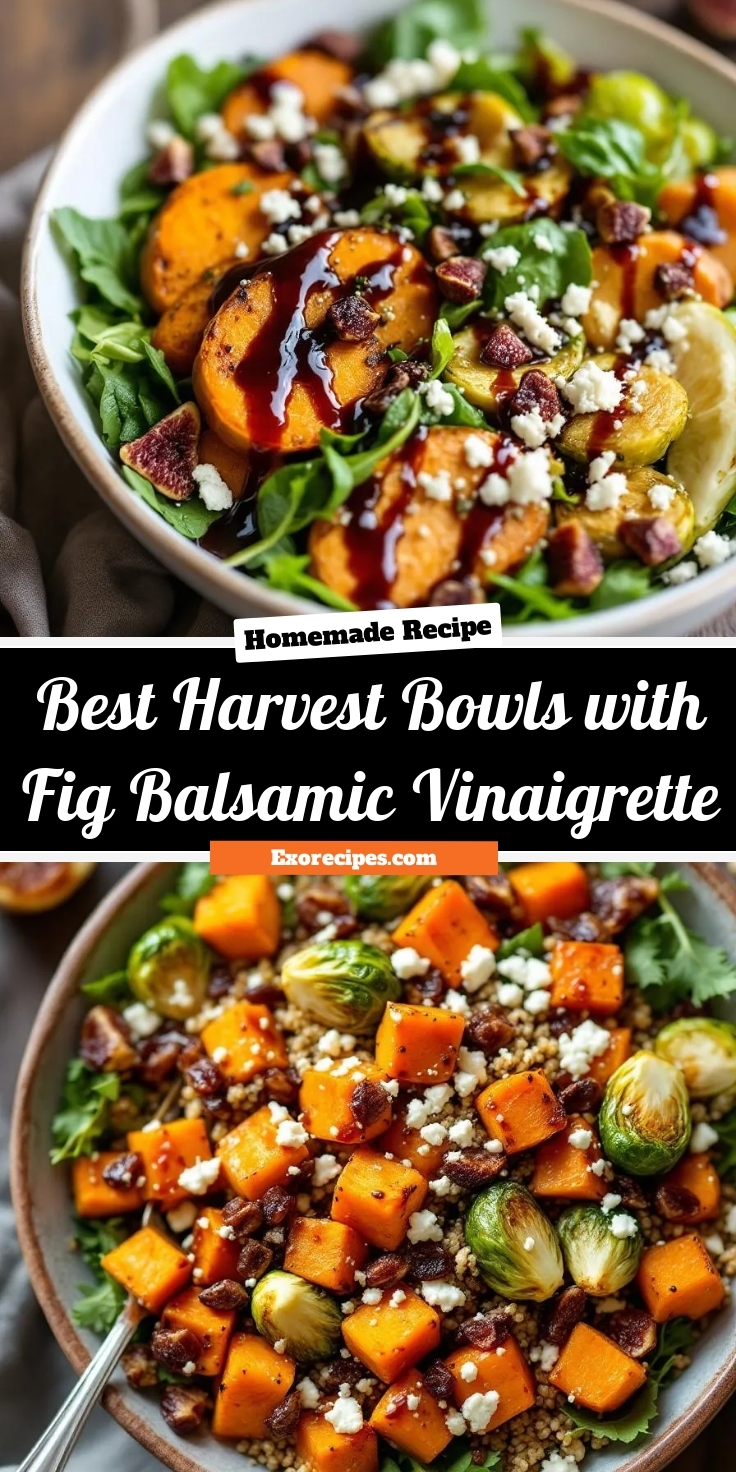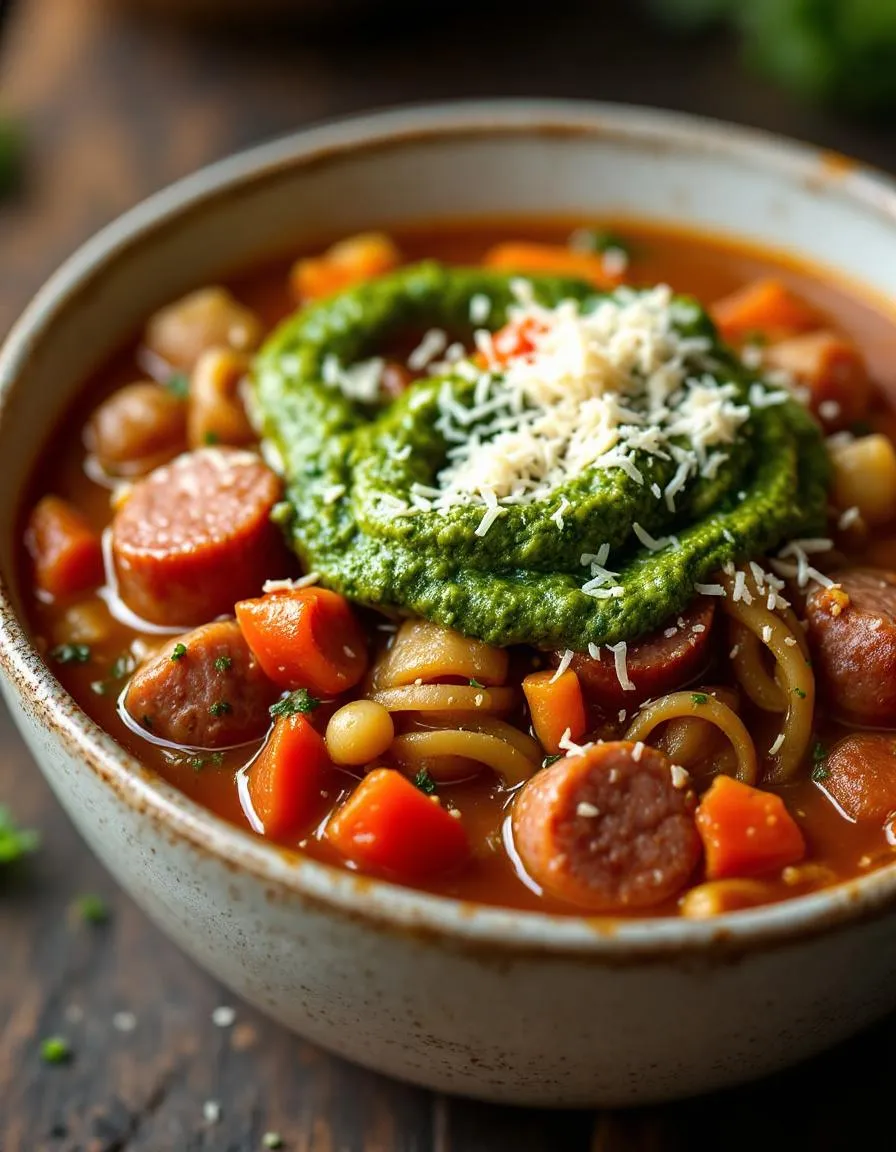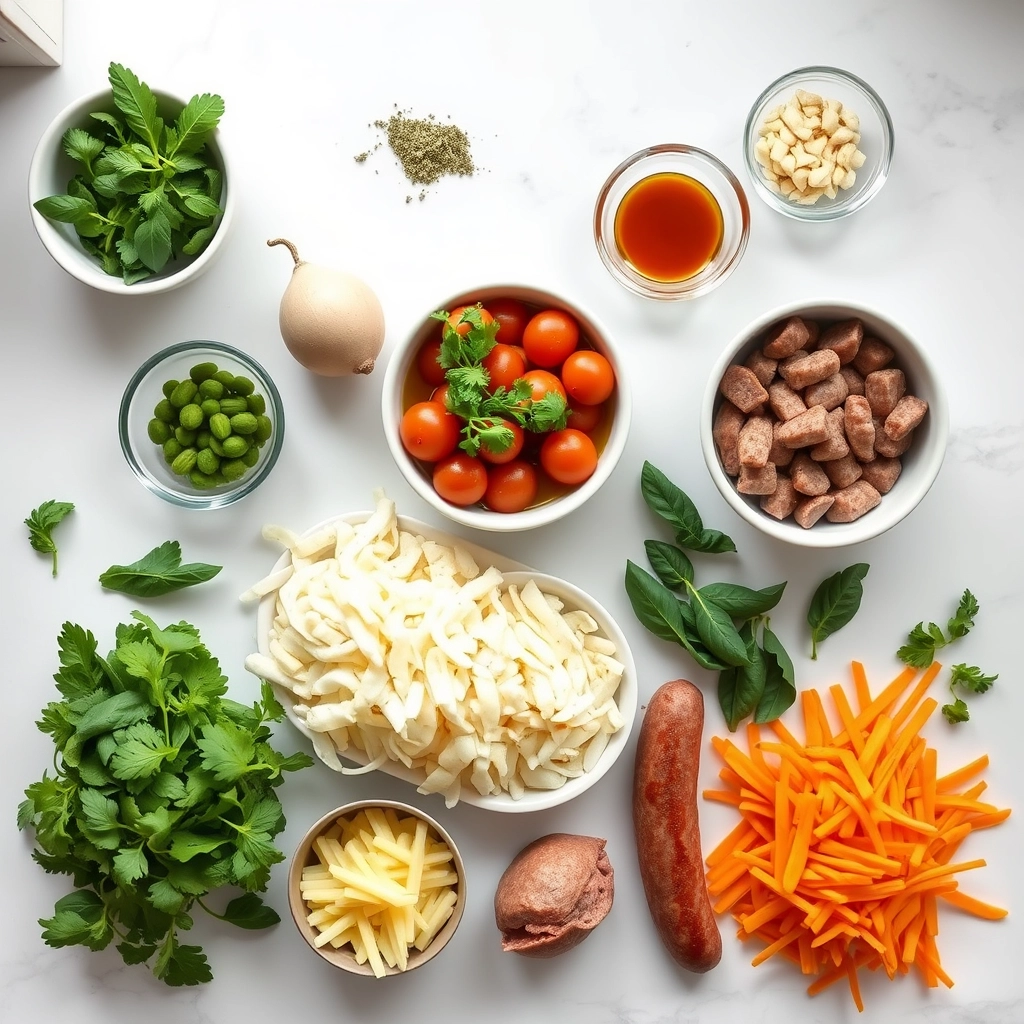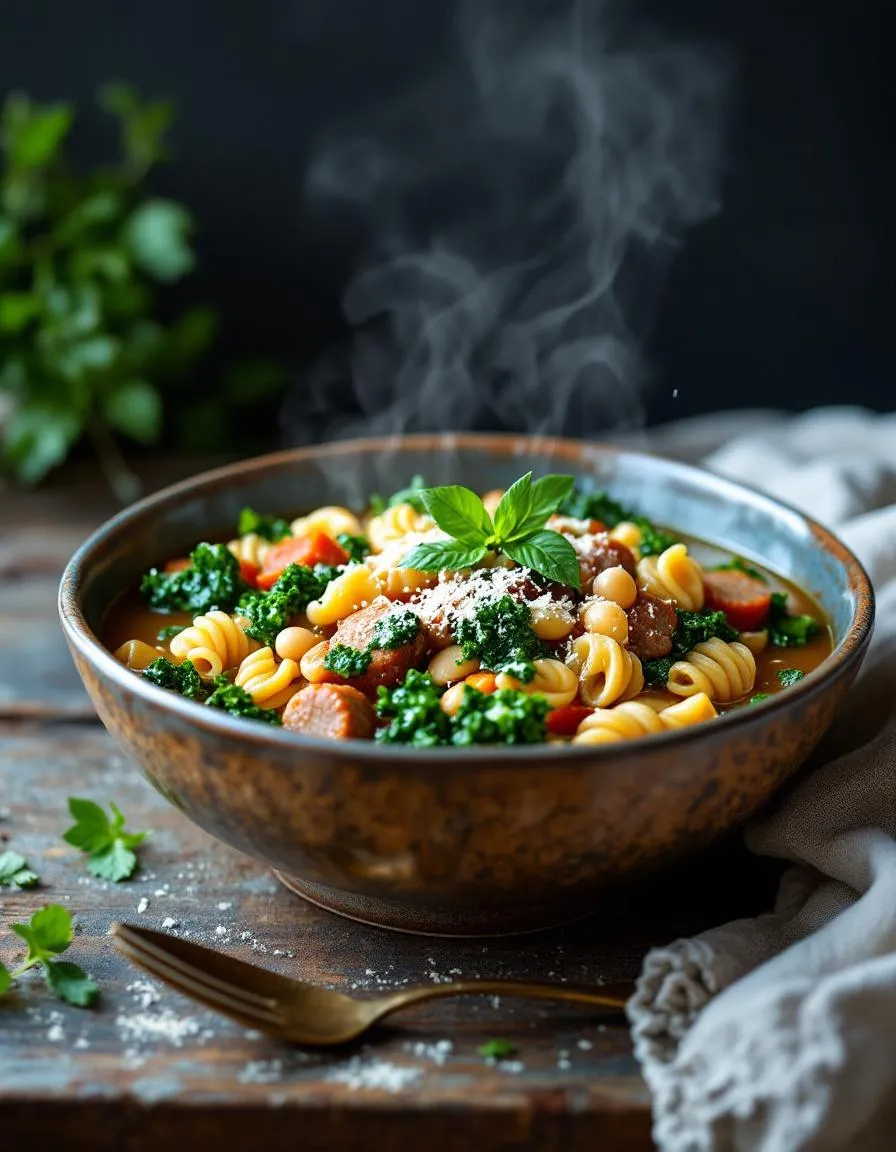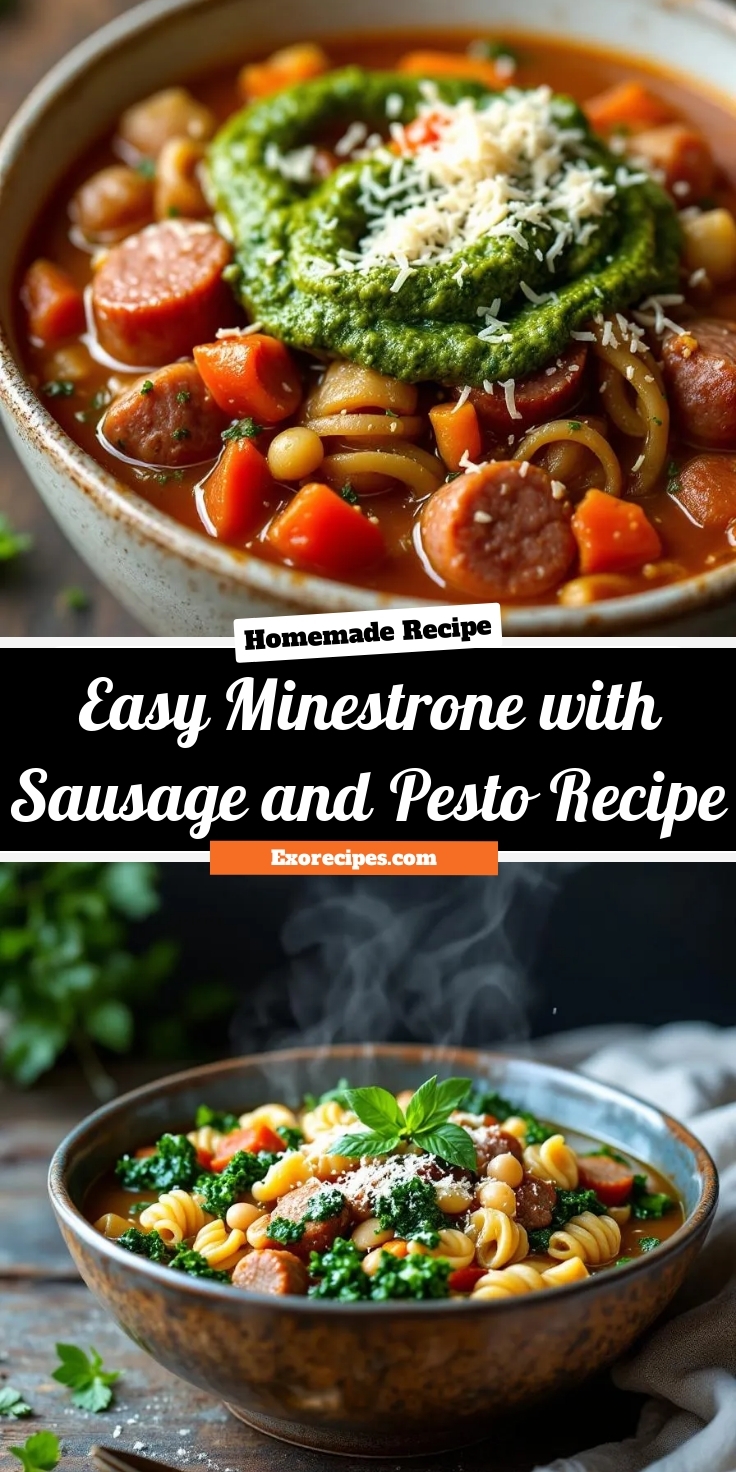Introduction
Is there any dish that whispers “home” more than a classic stuffing? That incredible aroma of herbs and toasted bread wafting from the oven promises pure comfort. However, achieving that flawless balance of savory flavor and perfect texture can feel elusive. Fortunately, this guide unlocks the secrets to creating the ultimate side dish for your holiday table or any cozy Sunday supper. Let’s craft the truly Perfect Homemade Stuffing that will have everyone asking for your recipe.
Perfect Homemade Stuffing is a cornerstone of celebratory meals, transforming a simple mix of bread, aromatics, and broth into something magical. This dish matters because it connects us to tradition and creates new memories around the table. Unlike store-bought versions, you control every element, from the type of bread to the quality of the stock, ensuring a deeply personal and flavorful result. This recipe fits our blog’s tone perfectly because we champion from-scratch cooking that feels approachable yet impressive. We believe a great stuffing should be both a reliable classic and a canvas for your own creativity, much like our favorite Easy Roasted Chicken recipe. The process is straightforward and forgiving, making it ideal for both novice cooks and seasoned chefs looking to perfect their technique. Ultimately, a great batch of stuffing complements your main course without overshadowing it, creating a harmonious plate that celebrates whole, delicious ingredients. For another side dish that masters this art of balance, consider our Creamy Garlic Mashed Potatoes.
Why I Love This Recipe
This Perfect Homemade Stuffing recipe holds a special place in my heart because it is the one my grandmother always made. She taught me that the key is patience, toasting the bread cubes until they are golden and fragrant, and sautéing the celery and onions until they are perfectly soft. I love how the entire house fills with the scent of sage and thyme, a smell that instantly signals the holidays are here. Furthermore, this dish represents togetherness for me; it is the first thing my family digs into and the last thing we pack away as leftovers. Every bite is a taste of my childhood and a tradition I am proud to continue.
Health and Nutrition
Why it’s good for your body
Perfect Homemade Stuffing delivers a powerful nutritional punch. First, it provides a fantastic source of dietary fiber from its whole grain bread base and vegetables. Consequently, this fiber supports healthy digestion and helps you feel full and satisfied. Additionally, the celery and onions contribute essential vitamins like Vitamin K and Vitamin C, which are crucial for immune function and bone health.
Moreover, you control the ingredients when you prepare Perfect Homemade Stuffing yourself. Therefore, you can significantly reduce sodium and eliminate unwanted preservatives found in many store-bought versions. Ultimately, this means you enjoy a comforting side dish that truly nourishes your body from the inside out.
Furthermore, the herbs like sage and thyme do more than just add flavor. In fact, they offer their own set of antioxidants that combat oxidative stress. Finally, enjoying a serving of Perfect Homemade Stuffing means you are feeding your body with wholesome, recognizable ingredients that work together for your well-being.
How it fits in a healthy lifestyle
This stuffing fits beautifully into a balanced eating plan. You can easily tailor it to meet specific dietary needs, making it a versatile choice for almost any table. For a heart-healthy version, simply use a low-sodium broth and a whole grain bread. If you follow a gluten-free diet, swap the bread for your favorite gluten-free loaf to create a dish everyone can enjoy.
Pairing Perfect Homemade Stuffing with lean protein and other vegetables turns it into part of a complete, satisfying meal. It is all about mindful portions and the company it keeps on your plate. For more inspiration on building a nourishing plate, explore our guide on easy meal prep ideas that save time. Remember, healthy eating includes enjoying the foods you love, and this stuffing brings both comfort and nutrition to your holiday table or weeknight dinner. Discover how to balance your indulgences with our tips for healthy eating on a budget.
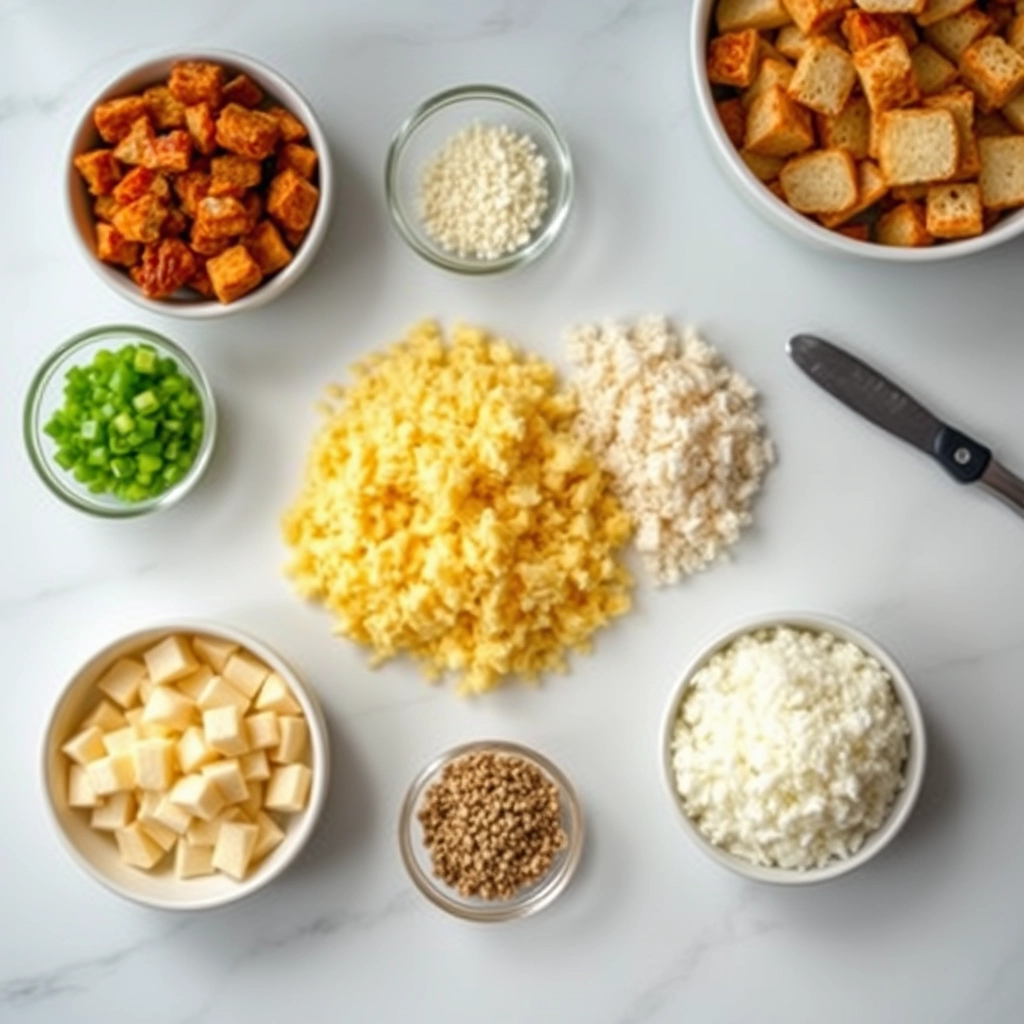
How to Prepare This Dish
Steps and time-saving tips
First, preheat your oven to 375°F and generously butter a standard 9×13 baking dish. Meanwhile, spread your cubed bread onto a large rimmed baking sheet. Toast the bread for about 15 minutes until it feels dry and slightly crisp, which gives your Perfect Homemade Stuffing a fantastic texture. While that toasts, melt a full stick of butter in a large skillet over medium heat. Then, add your diced onions and celery, sautéing them until they turn beautifully soft and translucent. This crucial step builds a deep, savory flavor base. Next, transfer the toasted bread cubes into a very large mixing bowl. Pour the buttery vegetable mixture over the top, and gently toss everything to coat the bread evenly. Drizzle in your broth gradually, and use a large spoon to fold it in. Importantly, let the mixture sit for ten full minutes so the bread properly soaks up all that delicious liquid. Finally, transfer the entire mixture into your prepared baking dish, cover it tightly with foil, and bake for 30 minutes. Then, uncover and bake for another 20 minutes until the top is gloriously golden and crisp.
Mistakes I’ve made and learned from
I have absolutely learned the hard way that using fresh, soft bread is the fastest route to a mushy, disappointing casserole. My first attempt at Perfect Homemade Stuffing was a soggy disaster because I skipped the toasting step entirely. Now, I always dry my bread out in the oven; it makes all the difference between a side dish and a showstopper. Another common error I made was over-mixing after adding the broth, which basically pulverized the bread cubes. I learned to gently fold the ingredients, which preserves the ideal texture. Forgetting to let the mixture rest before baking was another big one. This waiting period is non-negotiable for absorption, much like the crucial resting time for resting pie dough. And if you’re serving a crowd, timing is everything. I now use tips from my holiday meal prep timeline to get everything on the table hot and perfect.
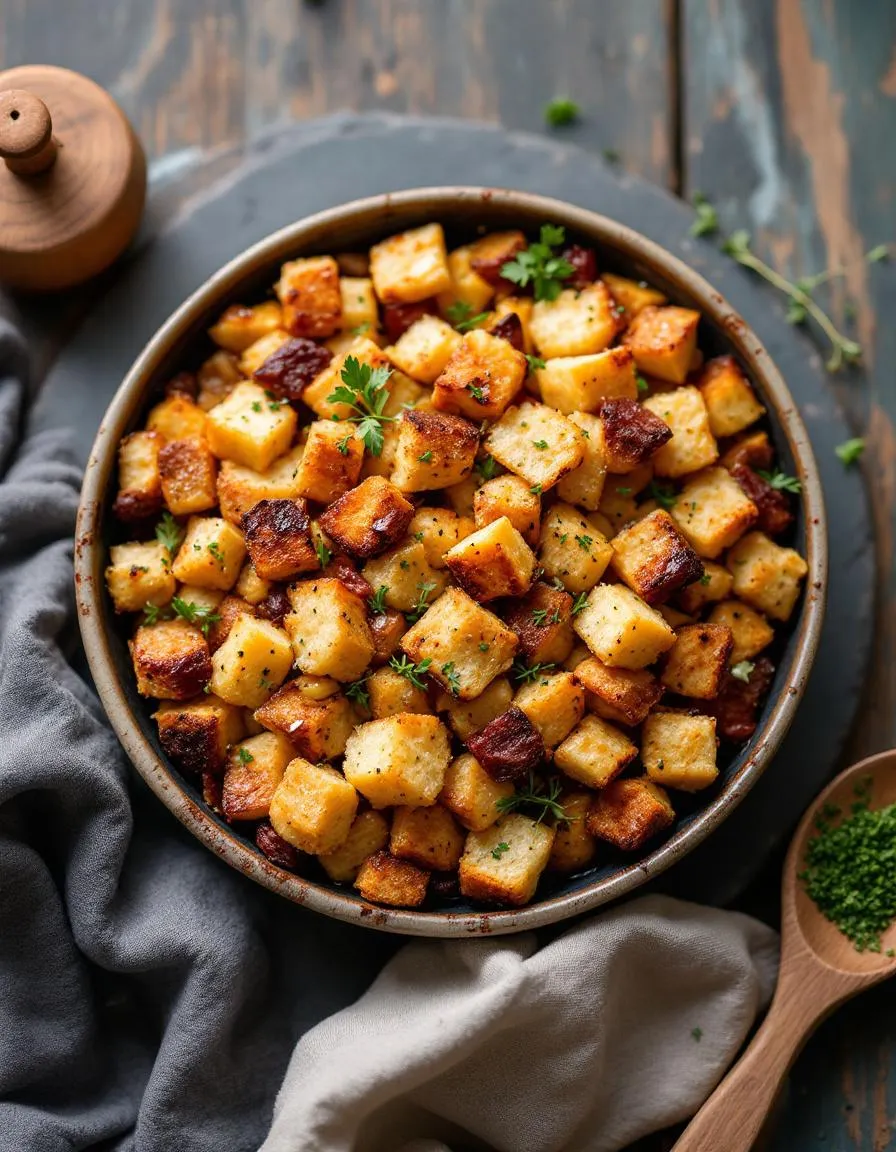
Cultural Connection and Variations
Where this recipe comes from
Our story with stuffing begins long before it ever hit a Thanksgiving table. Fundamentally, people have stuffed birds and other meats for centuries as a practical way to stretch a meal and add flavor. My own family’s version, however, tells a very specific American tale. My grandmother always used a base of day-old sourdough from a local San Francisco bakery, arguing that its tang stood up beautifully to the rich turkey drippings. Conversely, my friend’s Southern family makes their cornbread version with oysters, a coastal tradition that feels entirely different but just as cherished.
Globally, the variations are wonderfully diverse. In England, they call it forcemeat and often include sausage. Meanwhile, the French prepare a farce with chestnuts and cognac for their holiday poultry. These regional twists highlight how a simple concept of bread and aromatics adapts to local ingredients and tastes. Ultimately, every culture that roasts a bird seems to have its own cherished version. This quest for the best side dish is what inspired our own take on a classic. We crafted this Perfect Homemade Stuffing to honor those traditions while delivering incredible flavor and texture.
How it fits in today’s cooking
Today, this iconic dish absolutely remains a cornerstone of holiday feasts. Its comforting aroma and savory taste instantly signal celebration and togetherness. Modern cooks, however, brilliantly adapt it for year-round enjoyment. For instance, they might bake it in a muffin tin for perfect single-serving portions alongside a weeknight roast chicken. Furthermore, creative chefs incorporate global flavors, adding chorizo and paprika for a Spanish twist or apples and sage for a sweet, autumnal note.
This versatility makes our Perfect Homemade Stuffing a reliable favorite for any occasion. It pairs wonderfully with so many main courses, much like the perfect side for your favorite easy meatloaf. You can even enjoy a leftover scoop with a fried egg for a spectacular breakfast. Its role has expanded from a once-a-year treat to a beloved comfort food. In fact, its cozy, carb-y goodness makes it the savory equivalent of a warm dessert, something as satisfying as a slice of classic cinnamon coffee cake on a lazy Sunday morning.
Taste and Texture
What makes it delicious
This Perfect Homemade Stuffing greets you with a deeply savory and herbaceous aroma. Each bite delivers a soft, pillowy interior from the soaked bread, while the edges bake up with a satisfyingly crisp and buttery crunch. Furthermore, the sweet pops from the celery and the subtle, earthy notes from the sage and thyme create a complex flavor symphony. Ultimately, the texture is a perfect harmony of chewy, soft, and crisp elements that makes this dish so craveable.
Boosting the flavor
For an extra flavor boost, consider sautéing your aromatics in rendered bacon fat instead of butter. Additionally, stirring in a handful of dried cranberries or toasted pecans just before baking introduces a wonderful sweet or nutty contrast. Similarly, a drizzle of rich turkey gravy right before serving enhances the savory depth beautifully. For more inspiration on building foundational flavors, explore our guide on how to make homemade stock. Consequently, if you enjoy these herb-forward flavors, you might also love our herb roasted turkey breast as a perfect main course pairing.
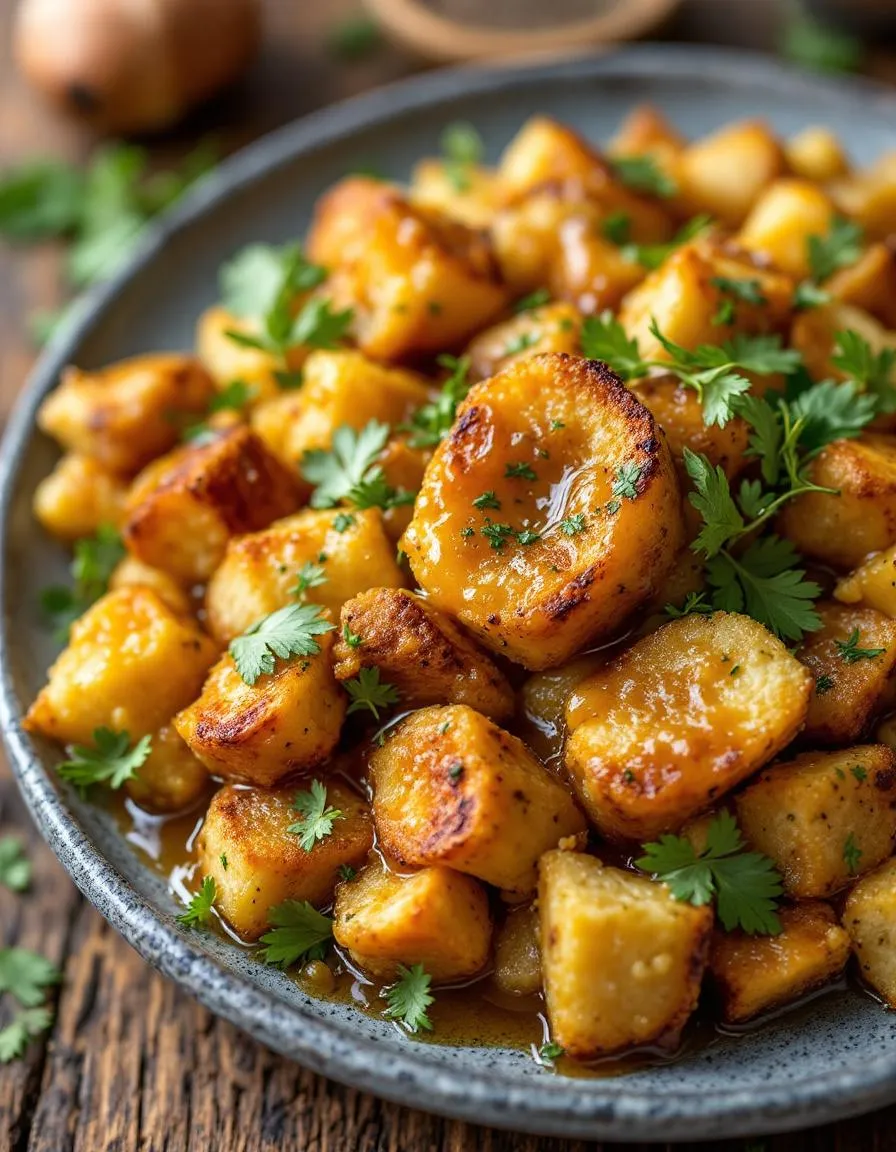
Tips for Success
Best practices for results
First, always dry your bread cubes thoroughly because this crucial step helps them absorb the broth instead of becoming soggy. Furthermore, sauté your vegetables until they are perfectly soft to ensure they release their full flavor into your Perfect Homemade Stuffing. Additionally, taste your seasoning mixture before adding the eggs to confidently adjust the salt and herbs. Finally, let the finished stuffing rest for a few minutes after baking so that it sets up beautifully for serving.
Mistakes to avoid
A common error involves using bread that is too fresh, which often results in a mushy texture; therefore, always use stale or toasted bread cubes. Moreover, many people overpack the stuffing into the baking dish, but you must keep it loose for heat to circulate and create a crispy top. If you find your stuffing is too dry, simply drizzle a bit more warm broth over it before baking. Conversely, if you suspect your mixture is too wet, you can learn how to fix a wet batter with a few simple tips. Also, do not skip cooling your cooked vegetables before adding eggs to prevent them from scrambling. For more guidance on getting your ingredient temperatures just right, our post on room temperature baking explains why it matters so much.
Serving and Pairing Suggestions
How to serve this dish
For a truly memorable presentation, serve your Perfect Homemade Stuffing directly from a beautiful ceramic baking dish. Alternatively, you can scoop it into a rustic bread bowl for a charming, edible centerpiece. Garnish with a generous sprinkle of freshly chopped parsley or thyme to add a vibrant pop of color. This dish truly shines during holiday feasts, but it also makes a fantastic comfort food for any cozy family dinner. Ultimately, the inviting aroma and golden-brown crust will make your Perfect Homemade Stuffing the star of the table.
What goes well with it
A rich, savory gravy is the ultimate partner for this dish. It adds a wonderful layer of moisture and deep flavor that complements the herbs in the stuffing perfectly. For your main course, consider pairing it with our incredibly juicy Herb Roasted Turkey Breast; the combination is a classic for good reason. Additionally, a lighter, acidic side helps balance the meal. Specifically, a crisp Apple Walnut Salad provides a refreshing crunch and sweetness that cuts through the richness beautifully. Finally, a glass of chilled Chardonnay or even a sparkling cider completes this delightful dining experience.

The key to moist stuffing is using enough liquid. For every 8 cups of dried bread cubes, use about 2 to 3 cups of broth. Gently tossing the mixture and letting it sit for 15 minutes before baking allows the bread to fully absorb the liquid, ensuring your Perfect Homemade Stuffing turns out wonderfully moist and never dry.
Eggs are a common binder that helps hold the stuffing together, giving it a more cohesive, slightly custardy texture. For a classic recipe, you typically whisk 1-2 eggs into your broth before combining it with the bread. This step is optional but recommended for the best texture in your Perfect Homemade Stuffing.
Yes, making stuffing the day before is a great time-saver. You can prepare the entire mixture, cover it tightly, and store it in the refrigerator overnight. This allows the flavors to meld together beautifully, and you simply need to bake it before serving for an even more flavorful dish.
A sturdy, neutral bread like French baguette, sourdough, or a classic white sandwich bread works best. These types have a tight crumb that soaks up the broth and seasonings without turning to mush. Always use day-old or toasted bread cubes for the ideal texture in your stuffing.
Perfect Homemade Stuffing
Description
A classic, savory stuffing made with toasted bread cubes, aromatic vegetables, and herbs. Perfect for holiday meals or any cozy dinner.
Ingredients
For the Crust:
- 1 loaf day-old bread, cubed
- 1/2 cup unsalted butter
- 1 large onion, diced
- 3 celery stalks, diced
- 2 cloves garlic, minced
- 2 tsp dried sage
- 1 tsp dried thyme
- 1 tsp dried rosemary
- 1/2 tsp black pepper
- 1 tsp salt
- 2 cups chicken or vegetable broth
- 2 large eggs, beaten
Instructions
1. Prepare the Crust:
- Preheat oven to 350°F (175°C). Spread bread cubes on a baking sheet and toast for 10-15 minutes until lightly golden.
- Melt butter in a large skillet over medium heat. Add onion and celery, sauté until softened, about 5-7 minutes. Add garlic and cook for 1 more minute.
- In a large bowl, combine toasted bread cubes, sautéed vegetables, sage, thyme, rosemary, pepper, and salt. Pour in broth and beaten eggs, mix gently until evenly moistened.
- Transfer mixture to a greased baking dish. Cover with foil and bake for 25 minutes. Remove foil and bake for another 10-15 minutes until top is crispy and golden.
Notes
You can customize the seasonings to taste.

